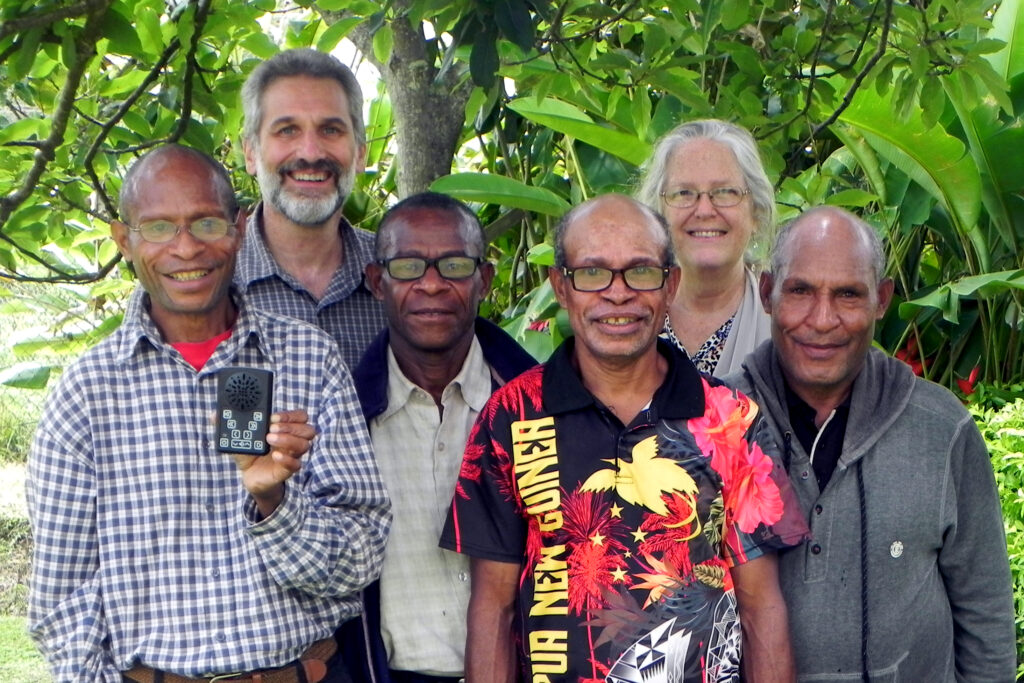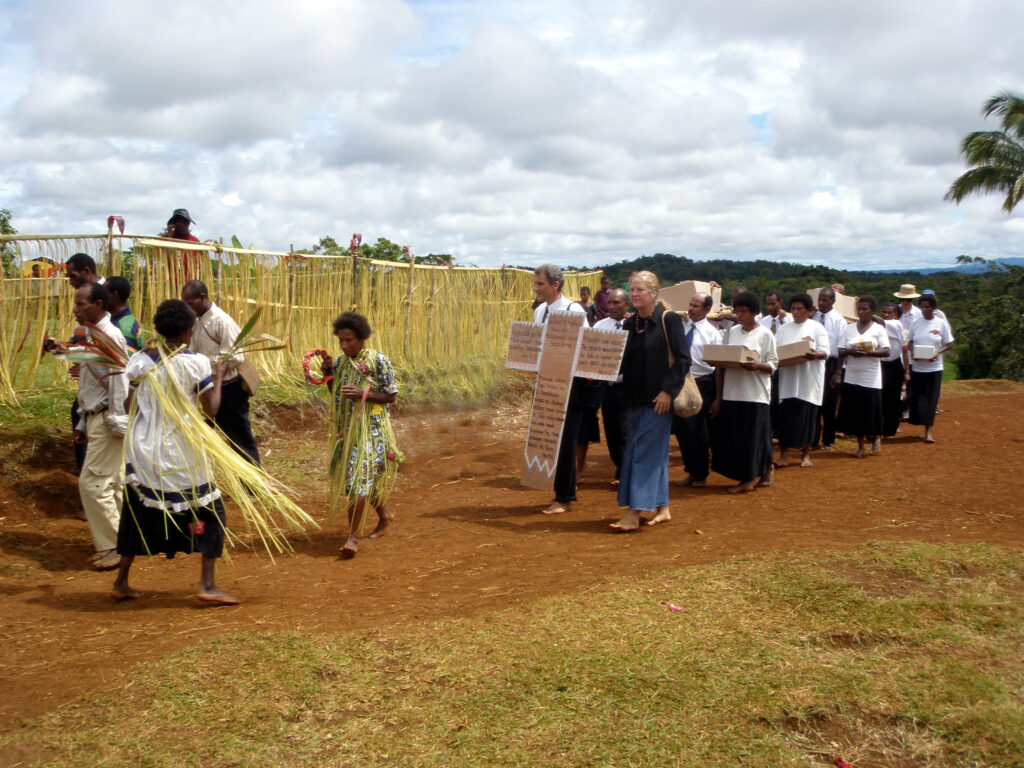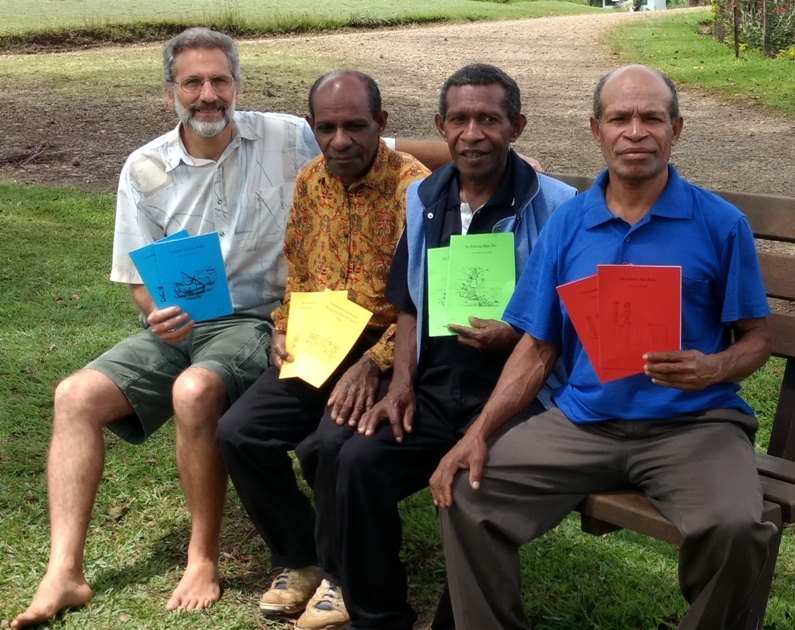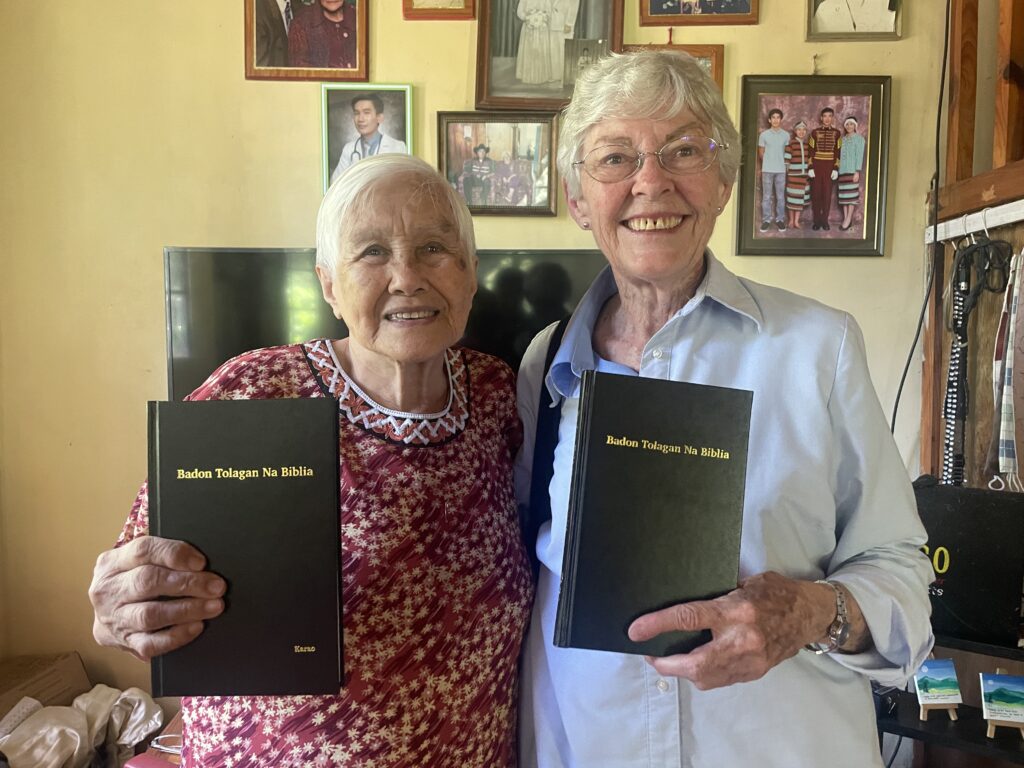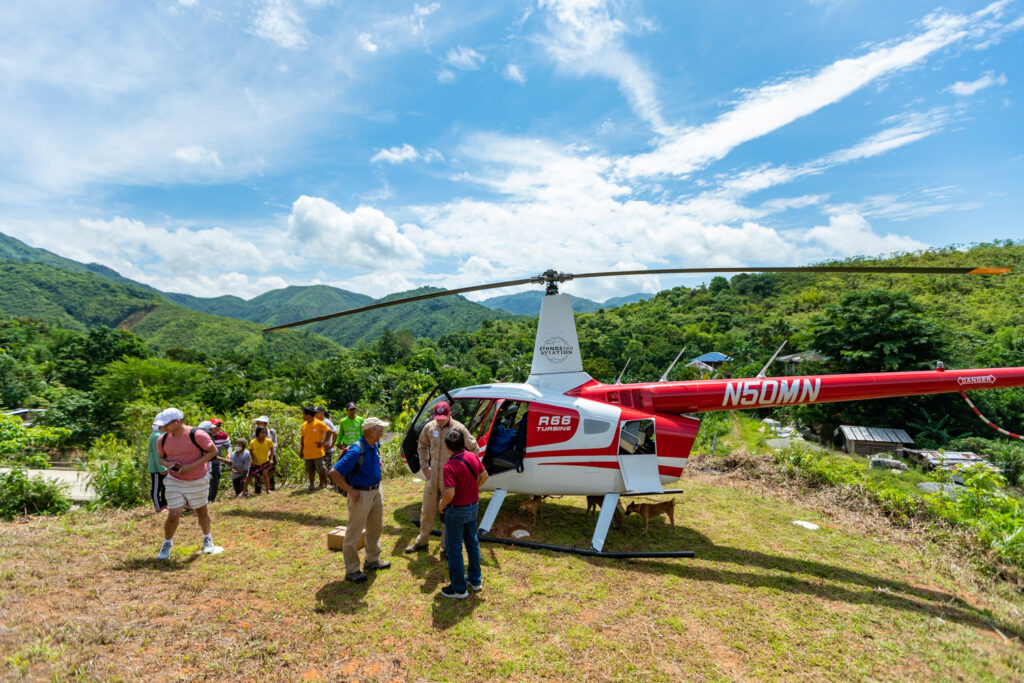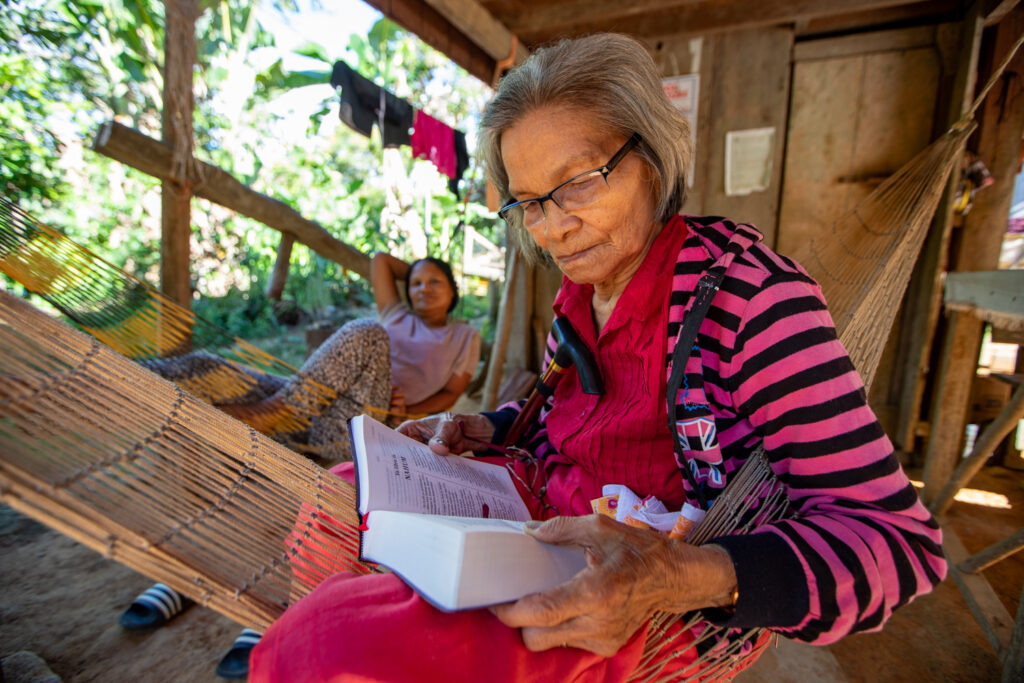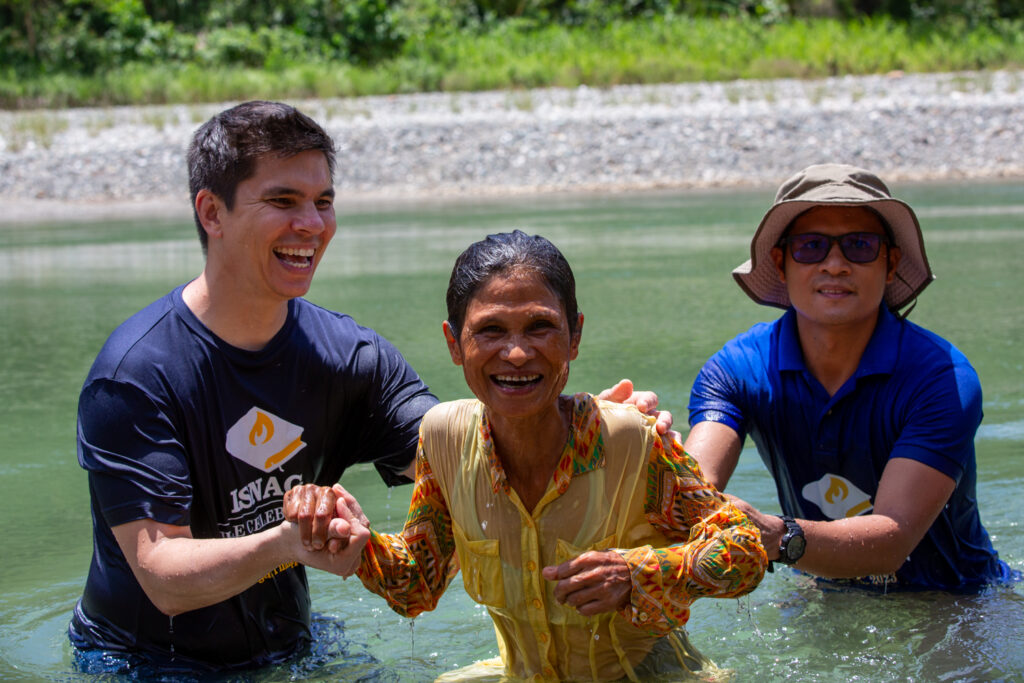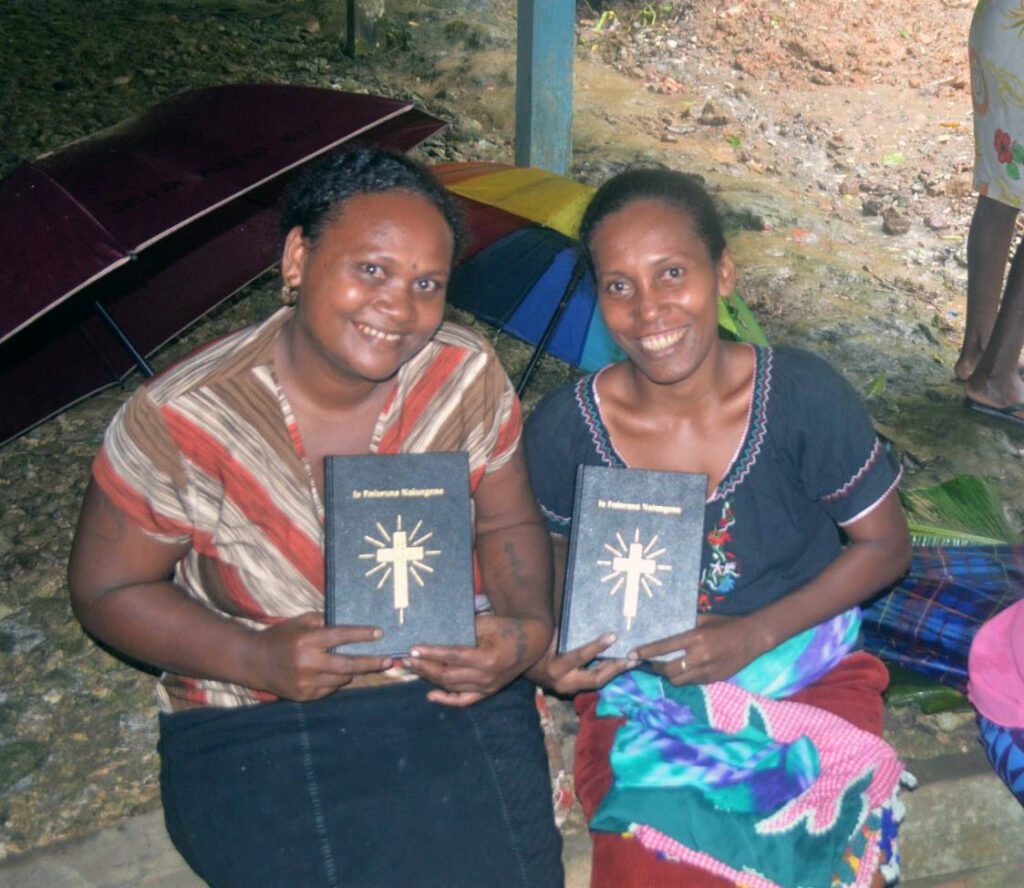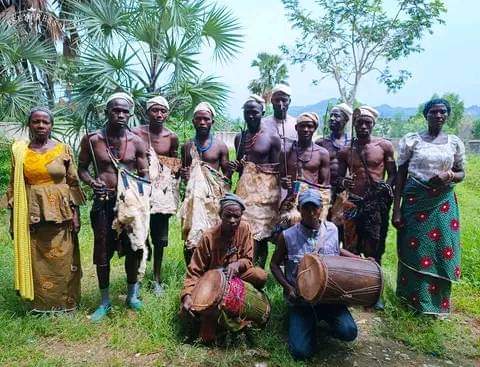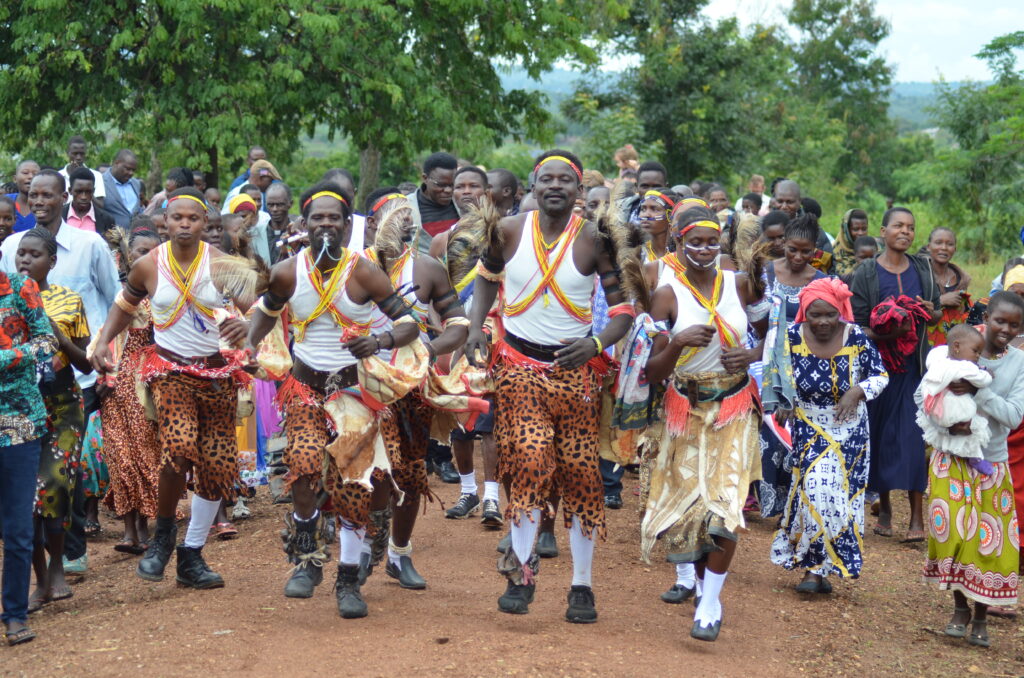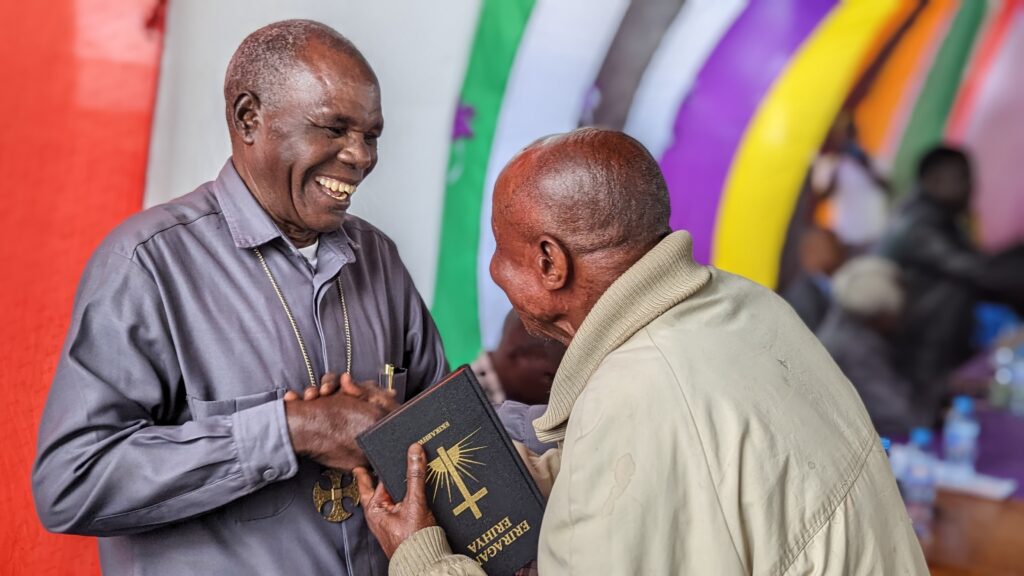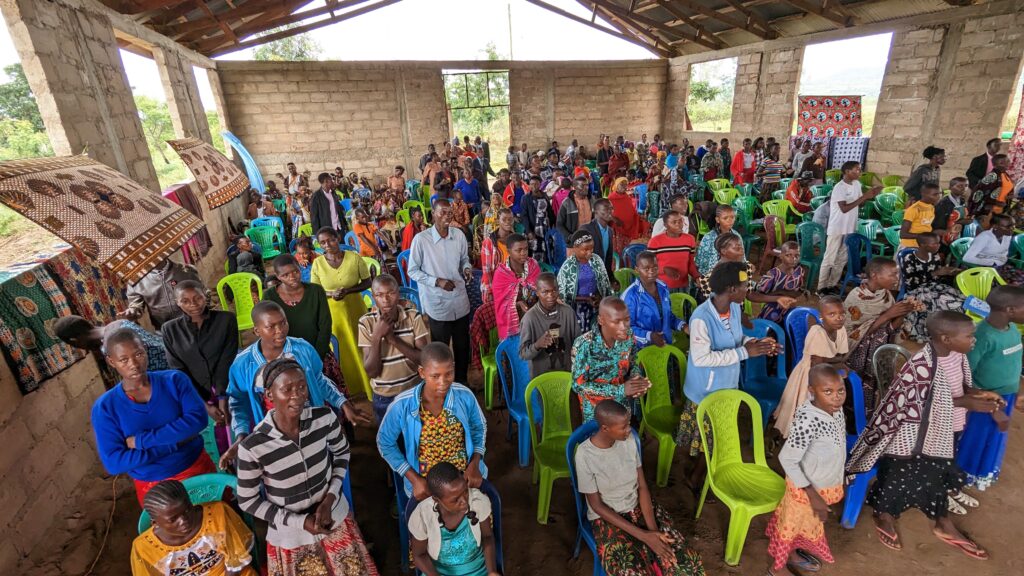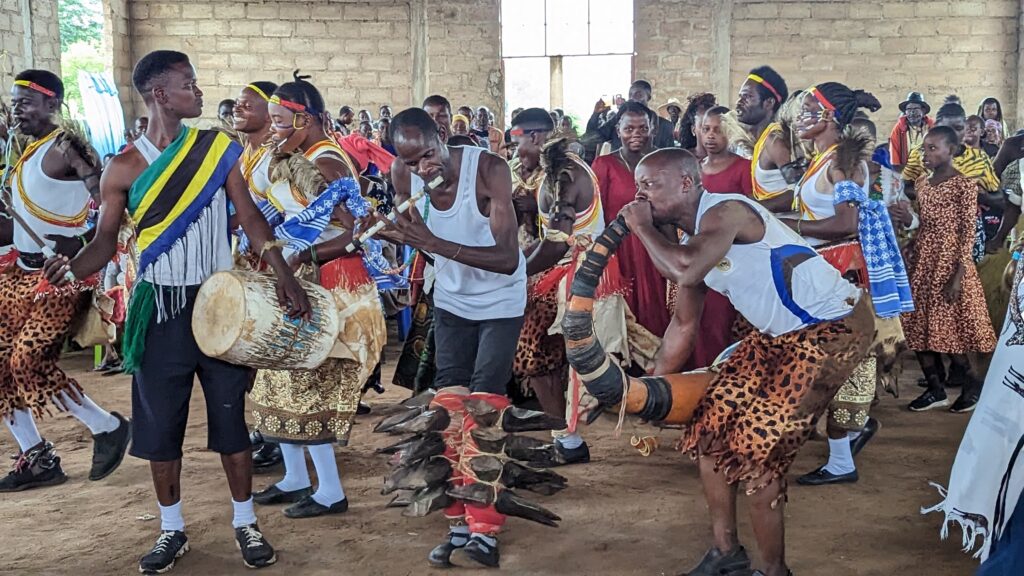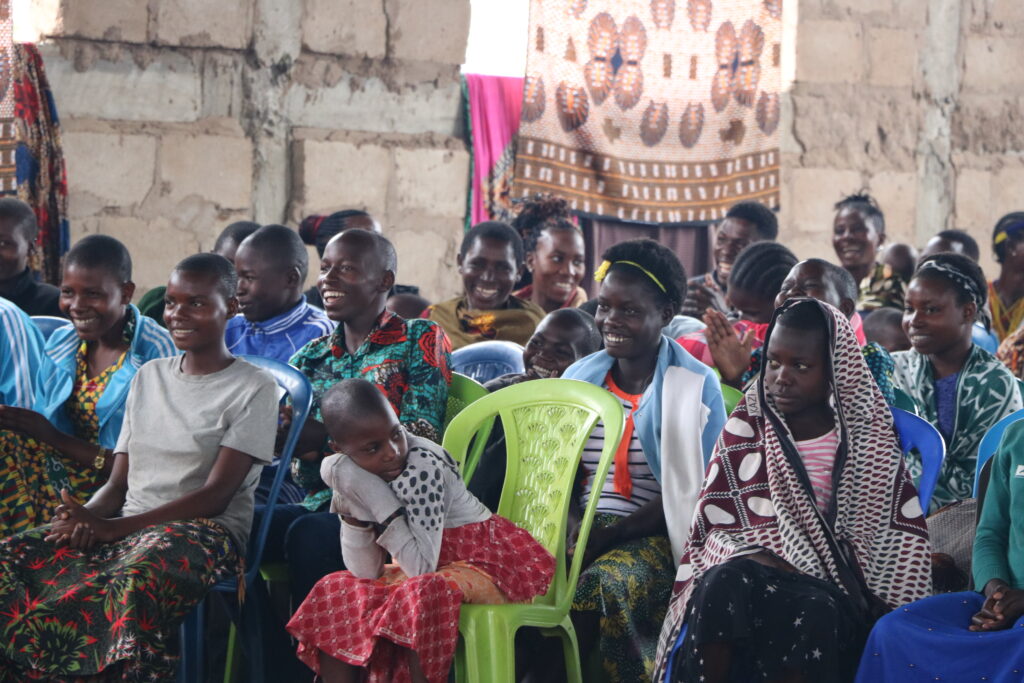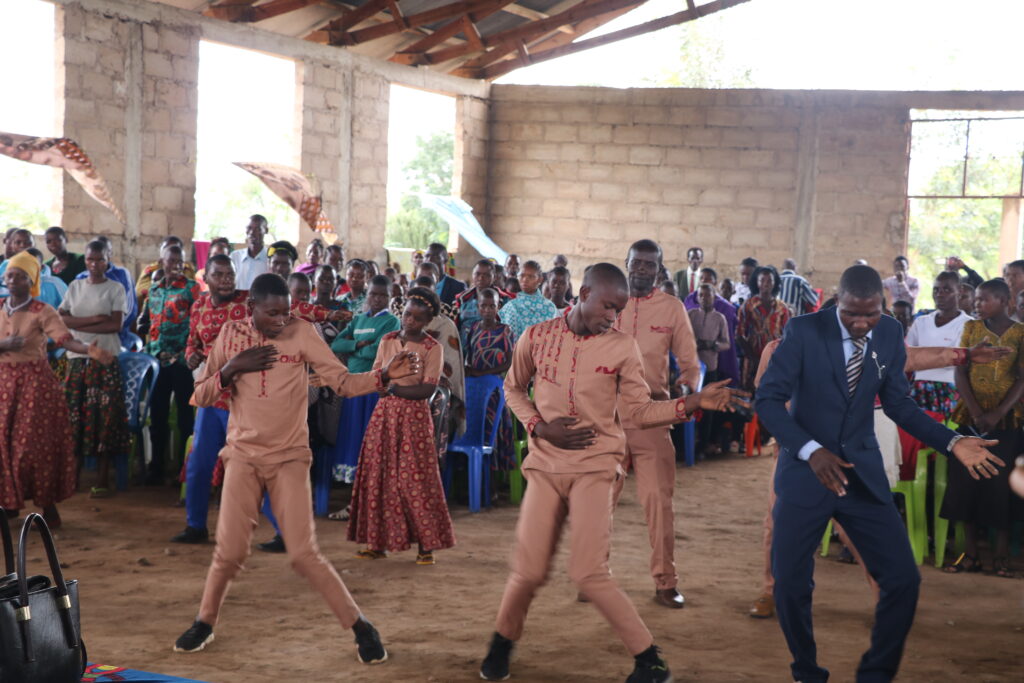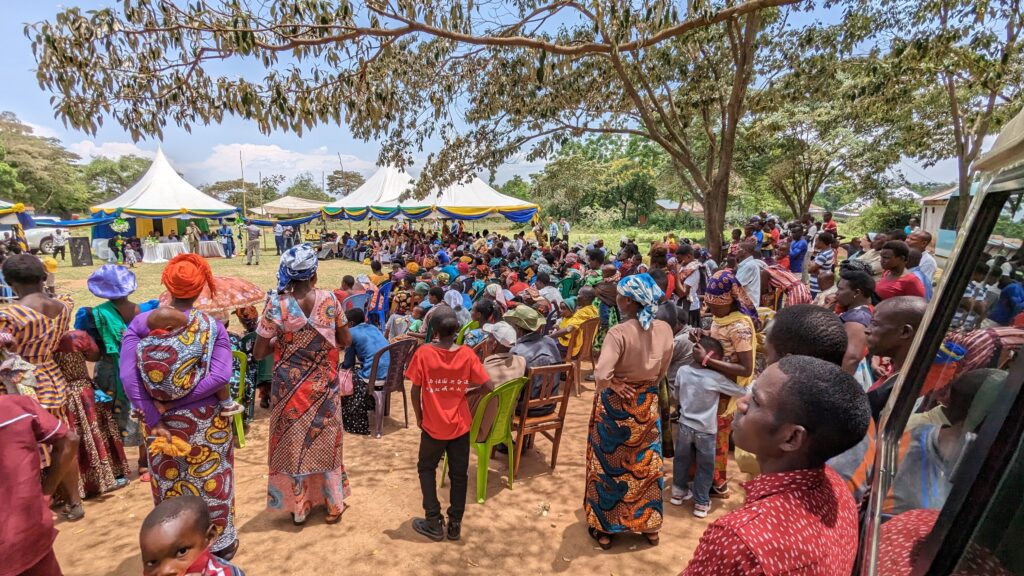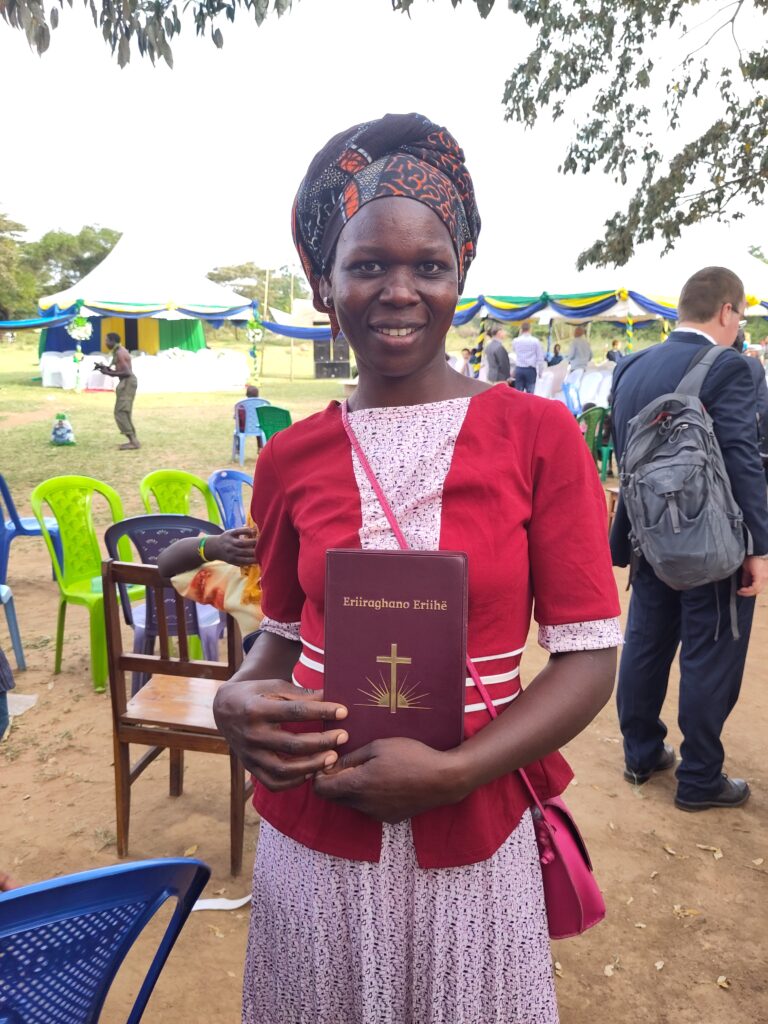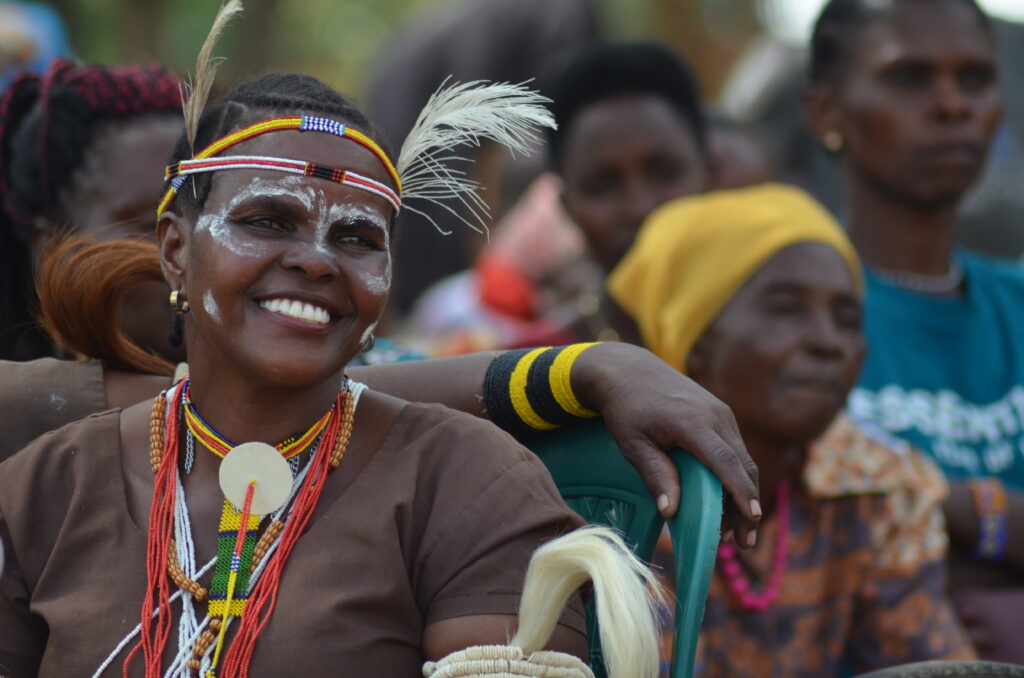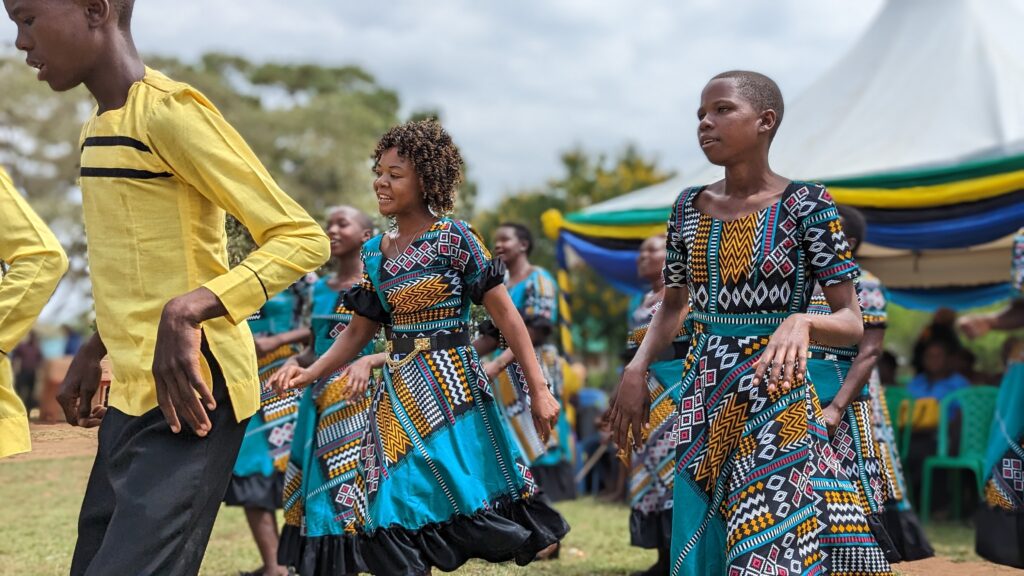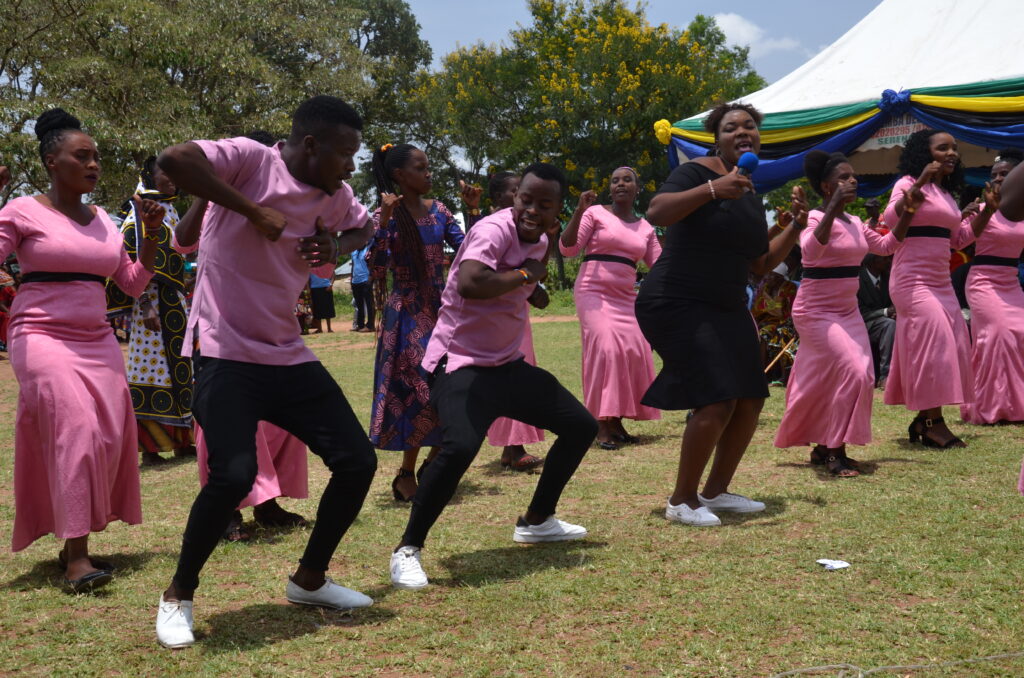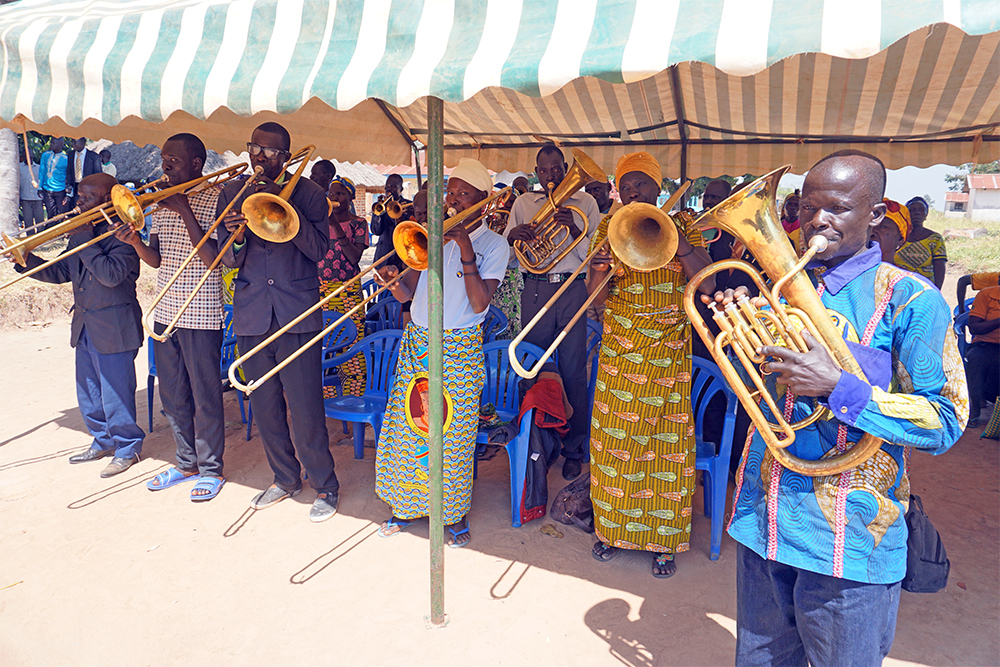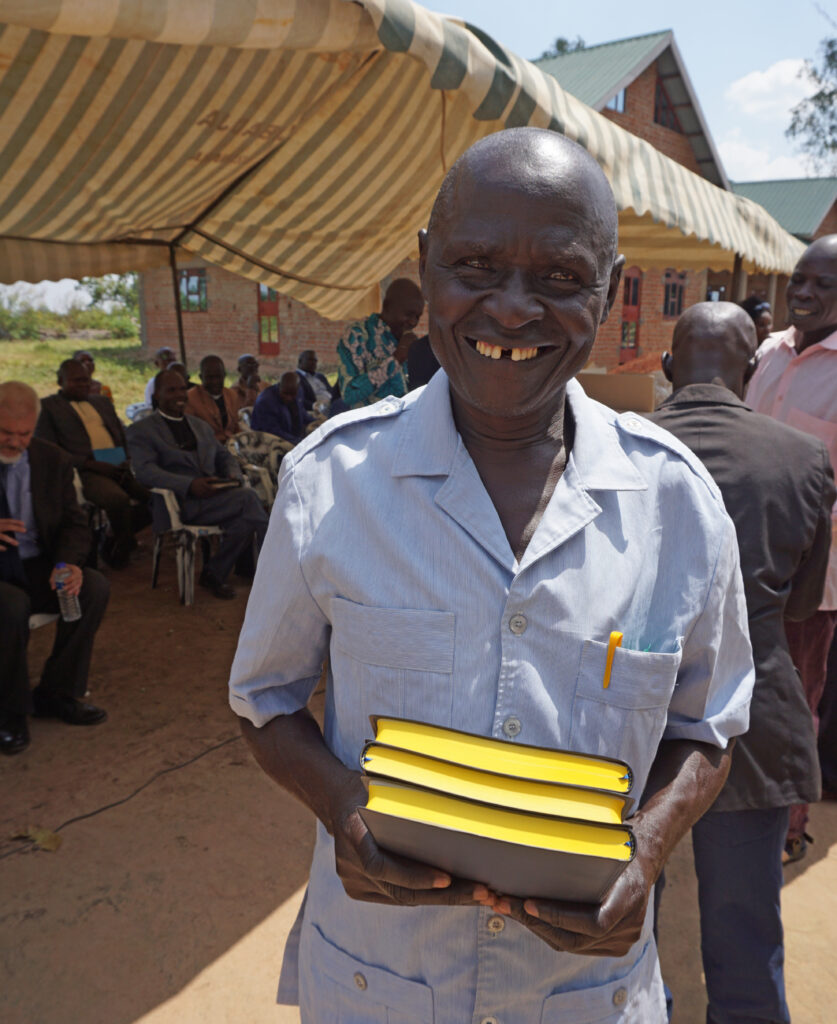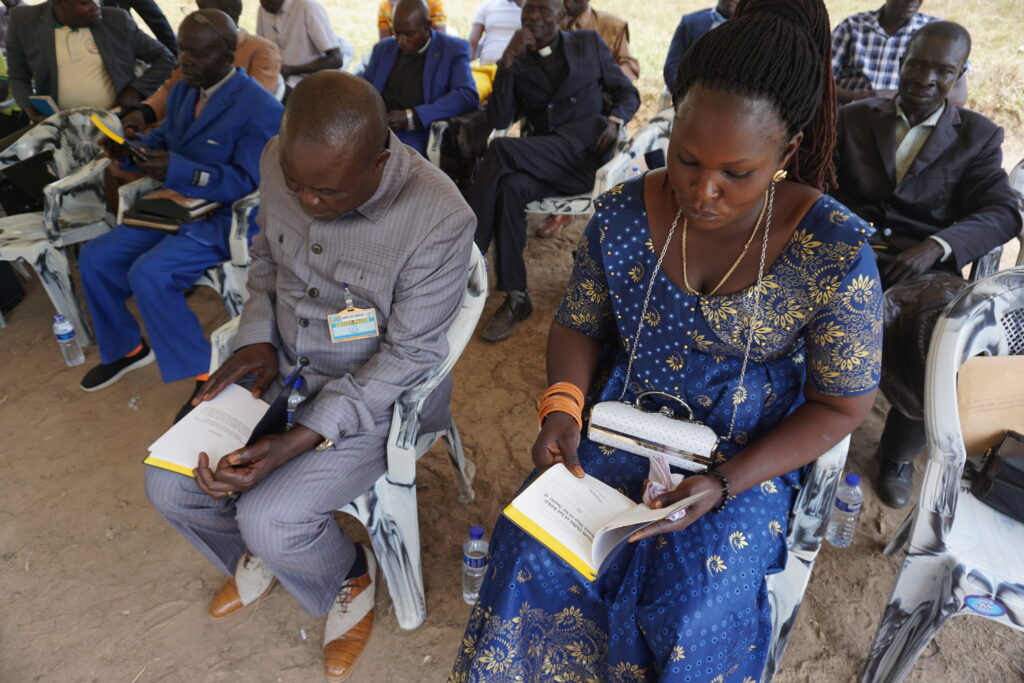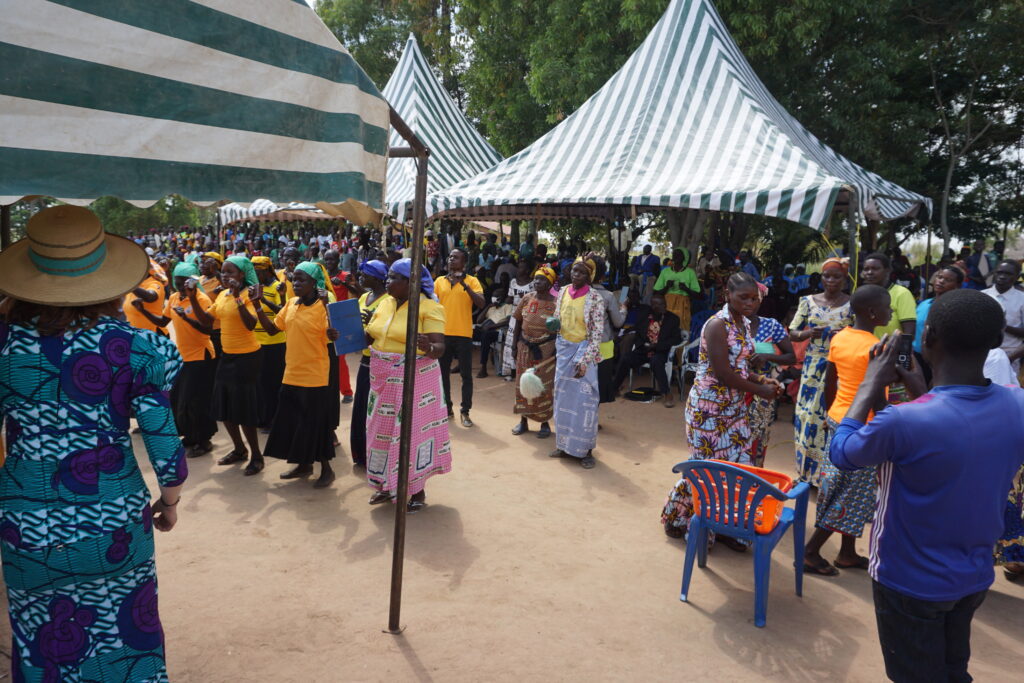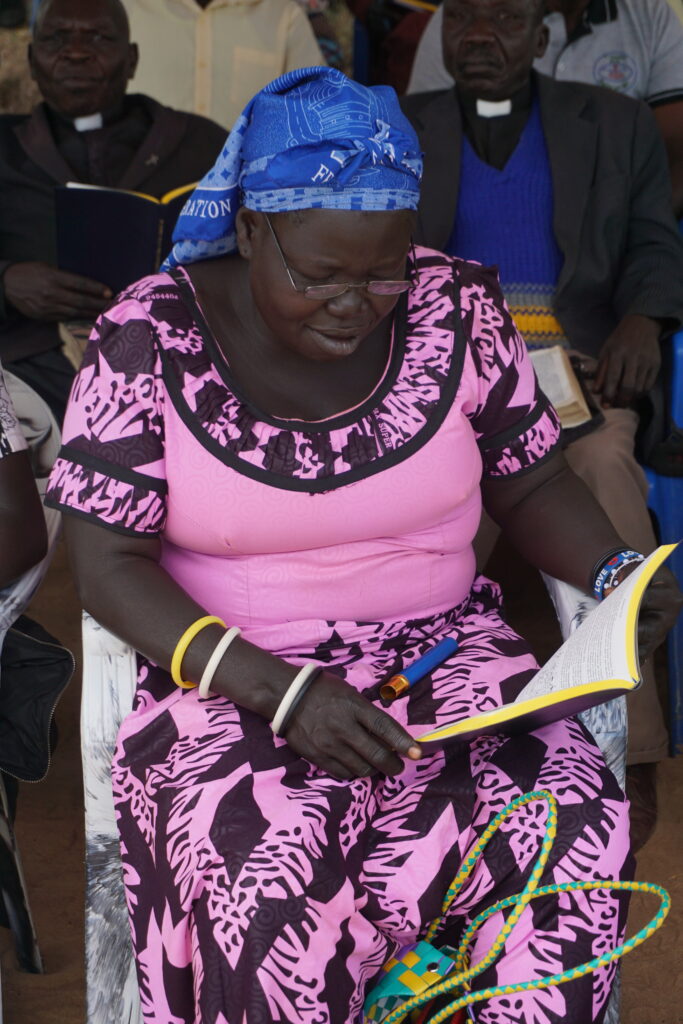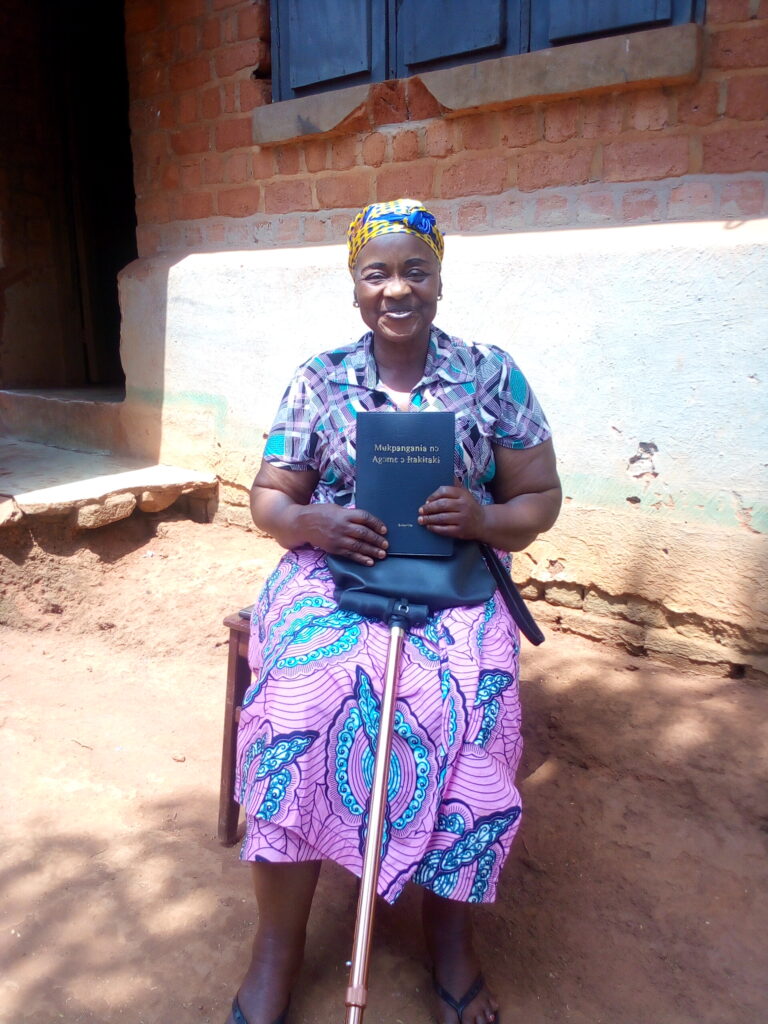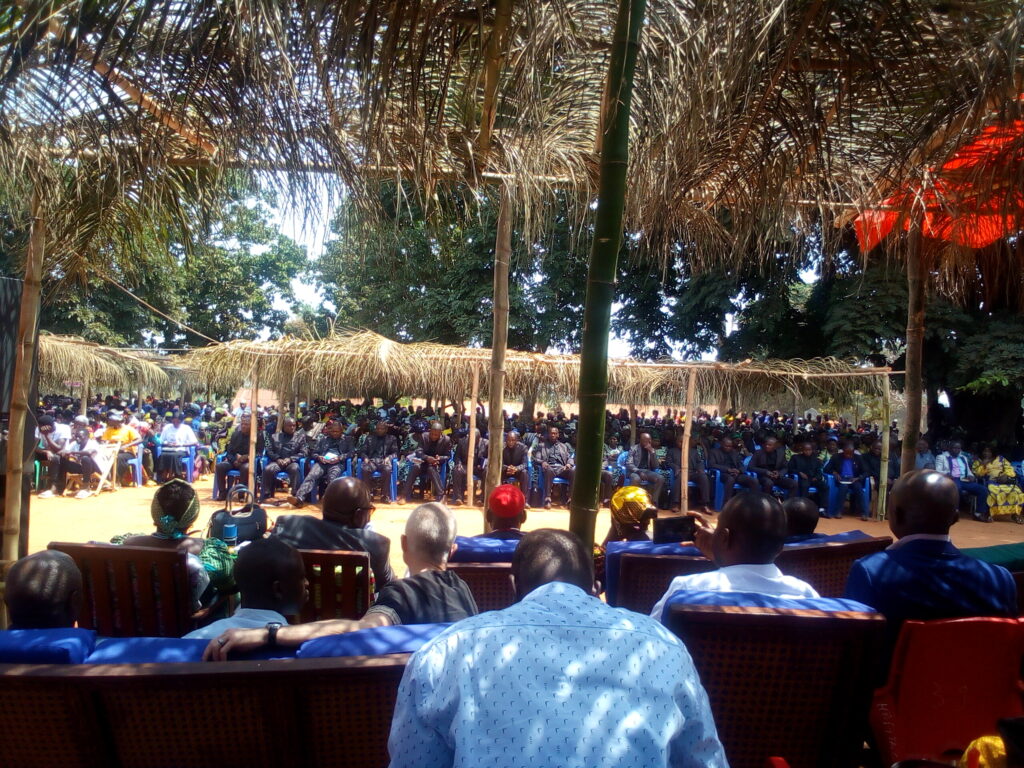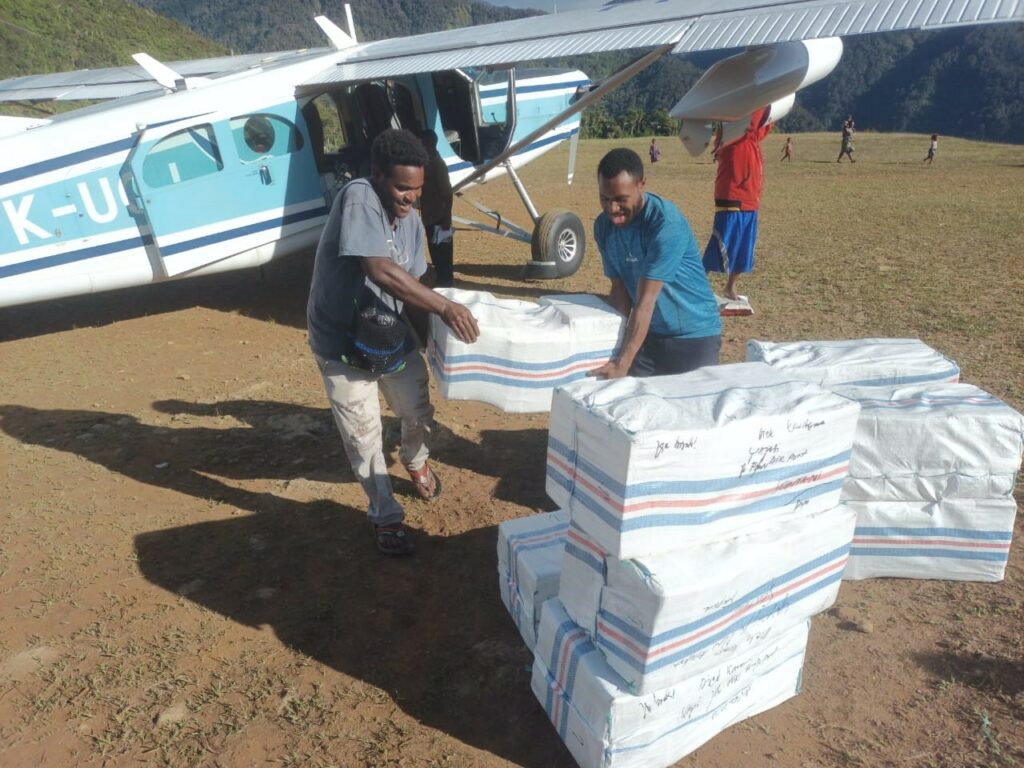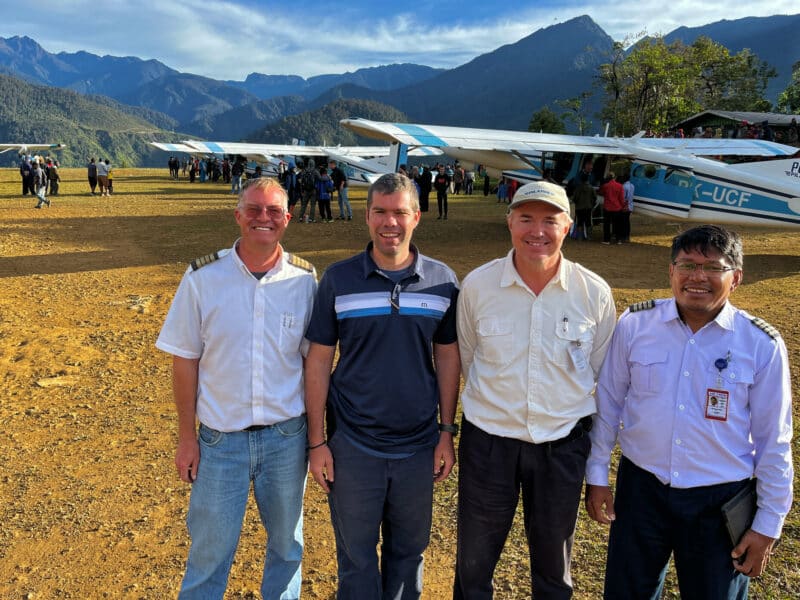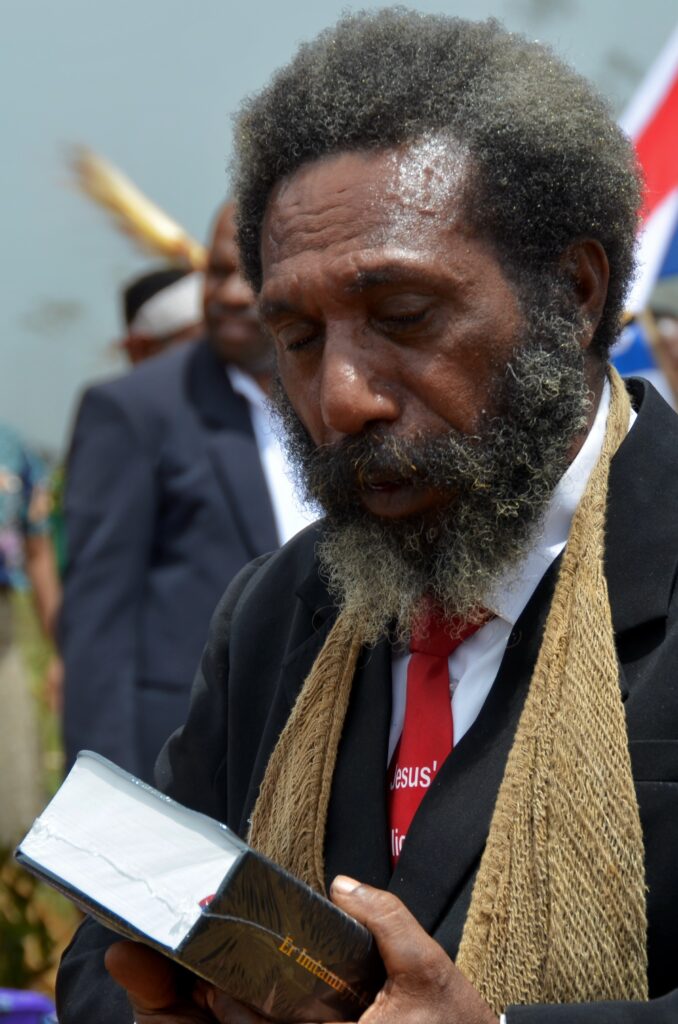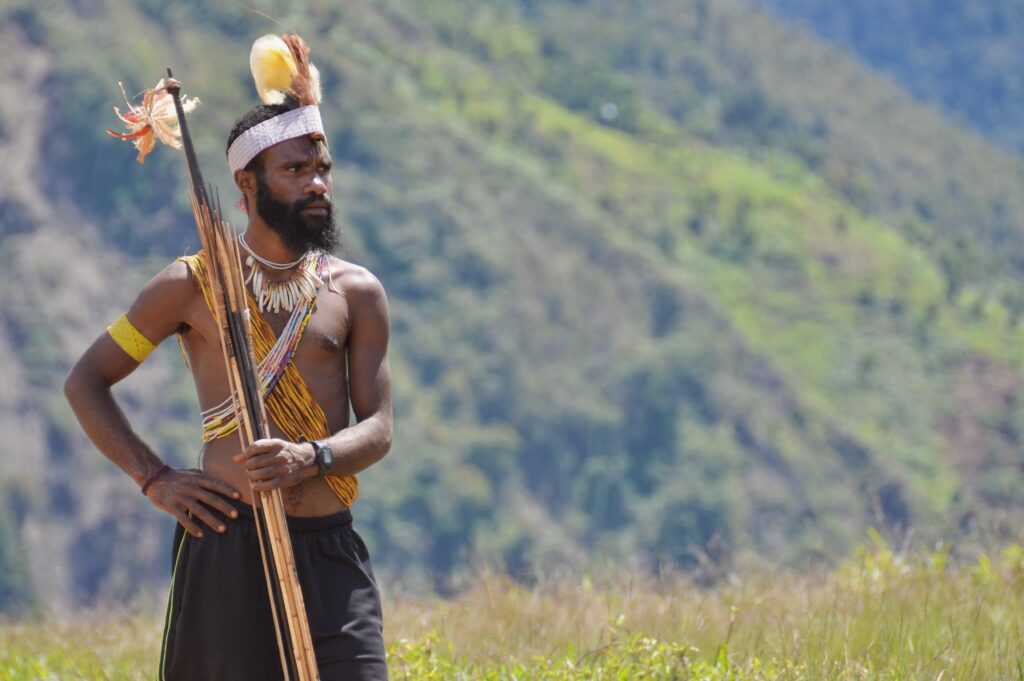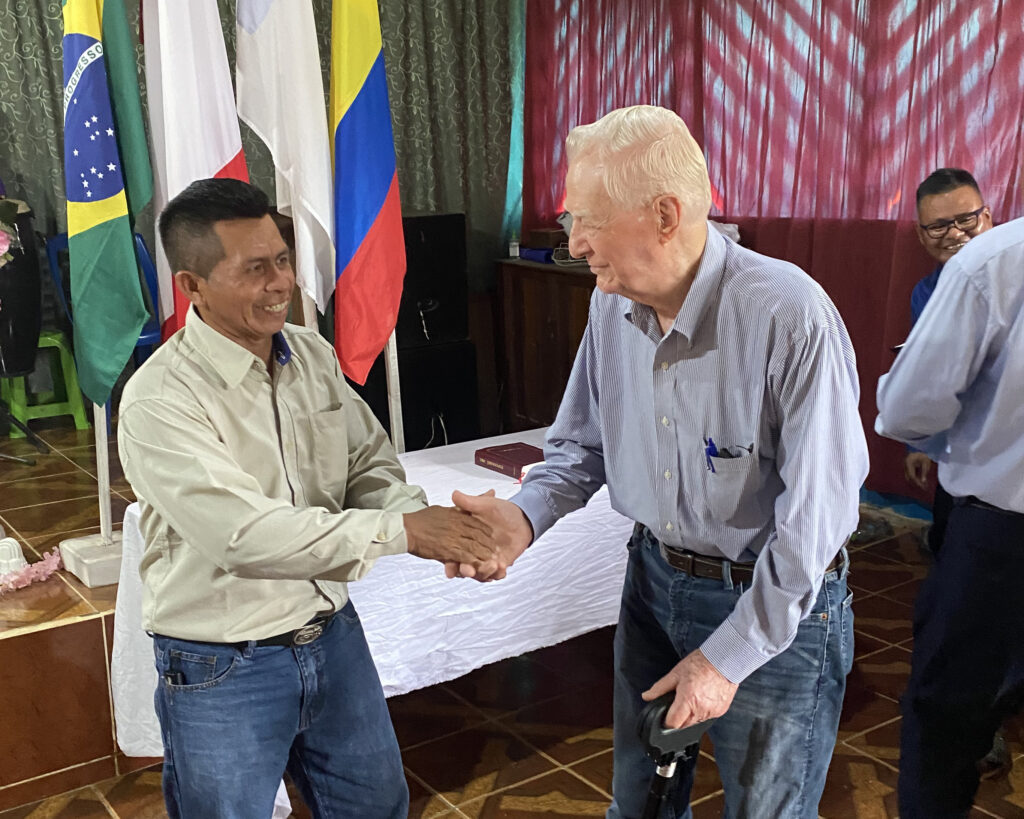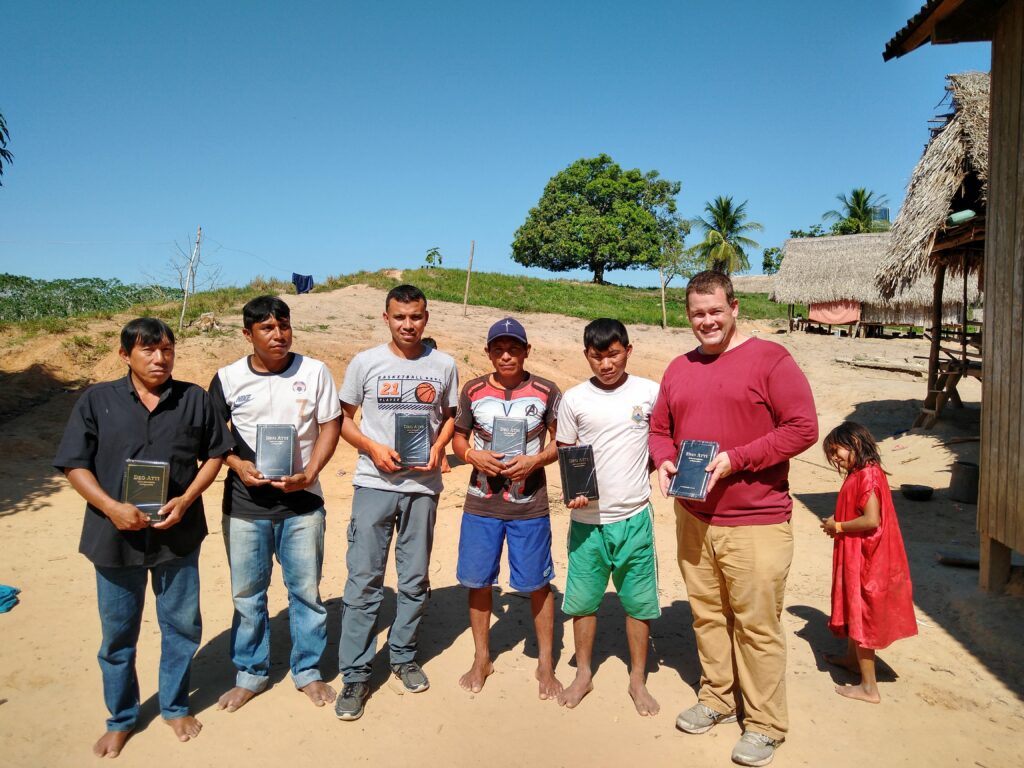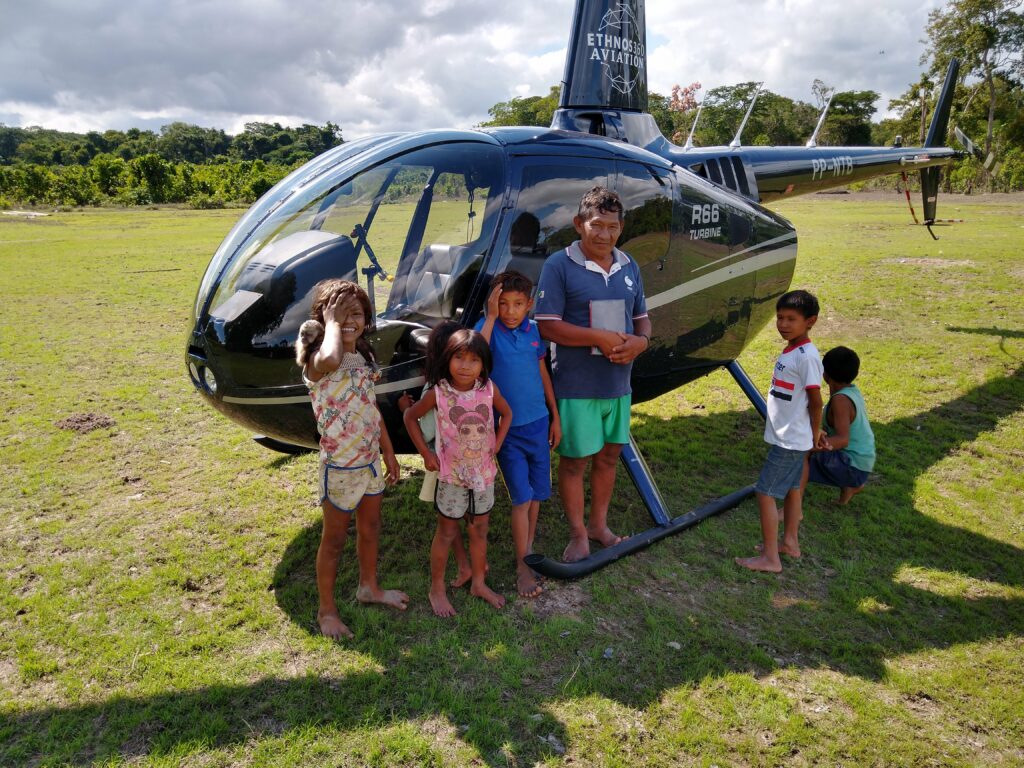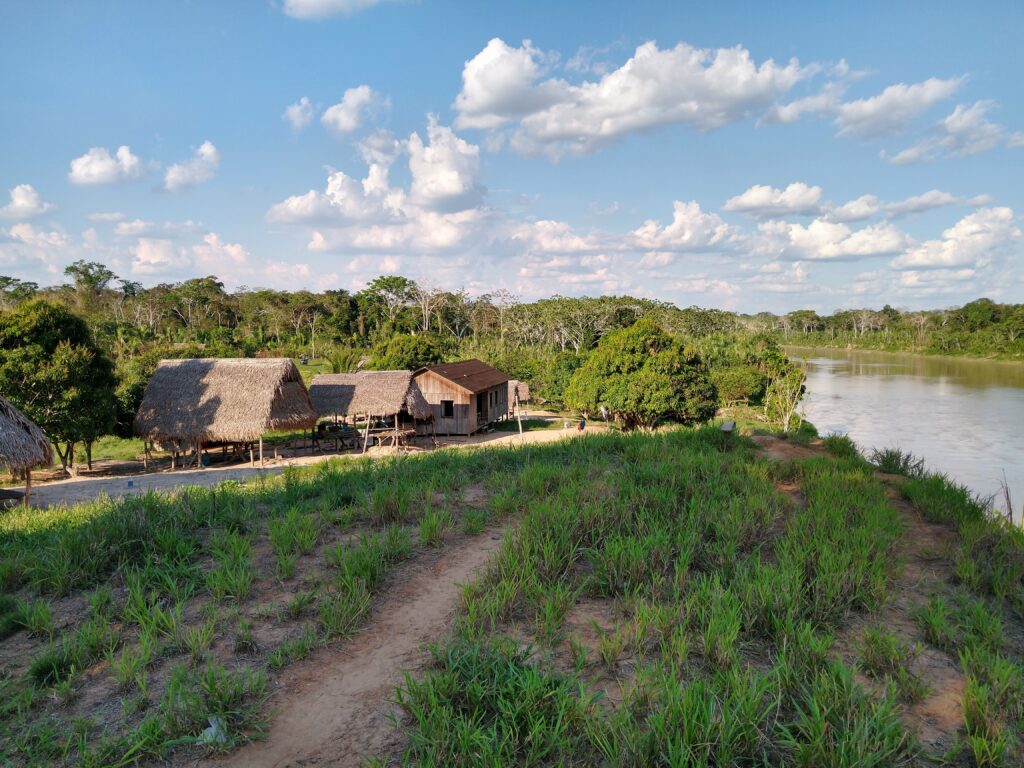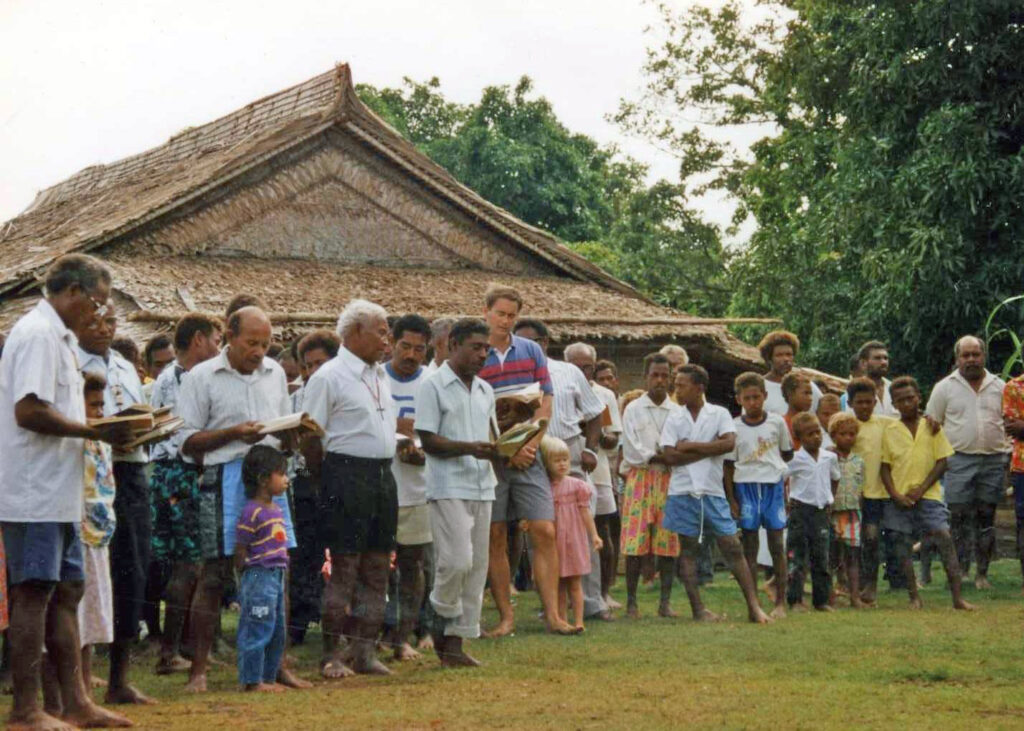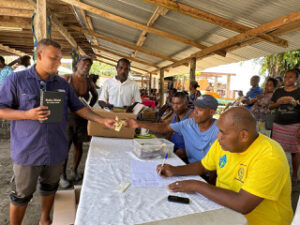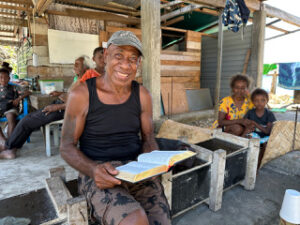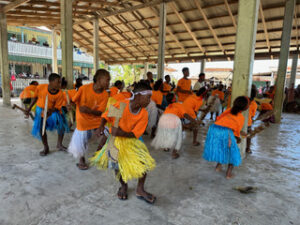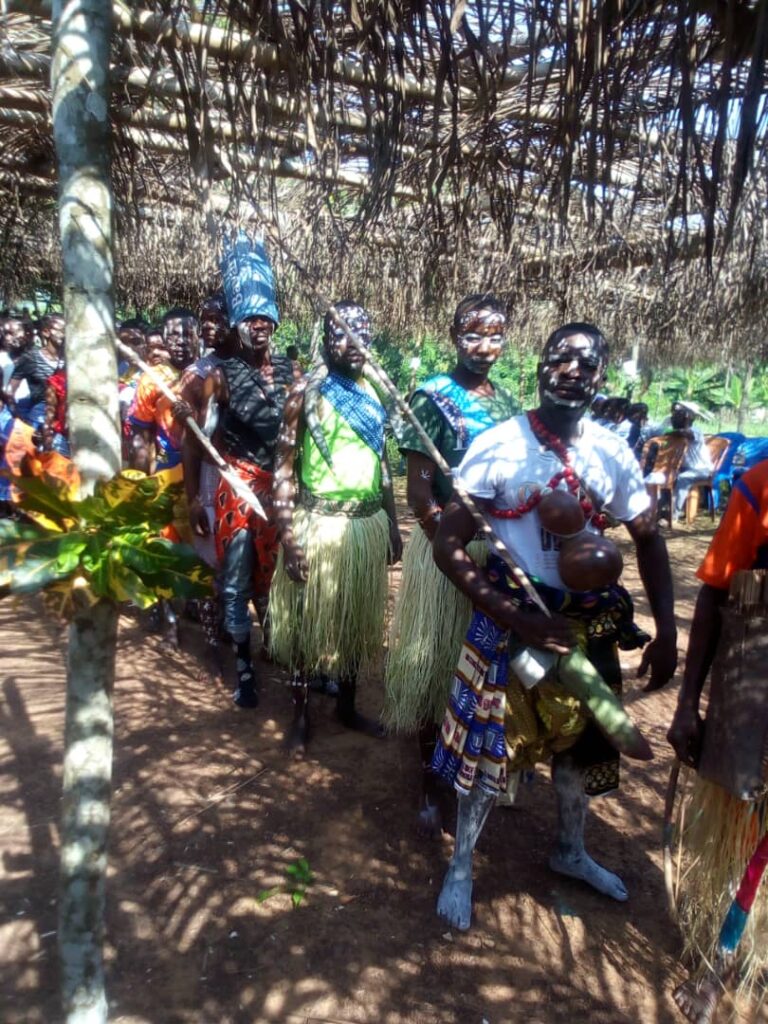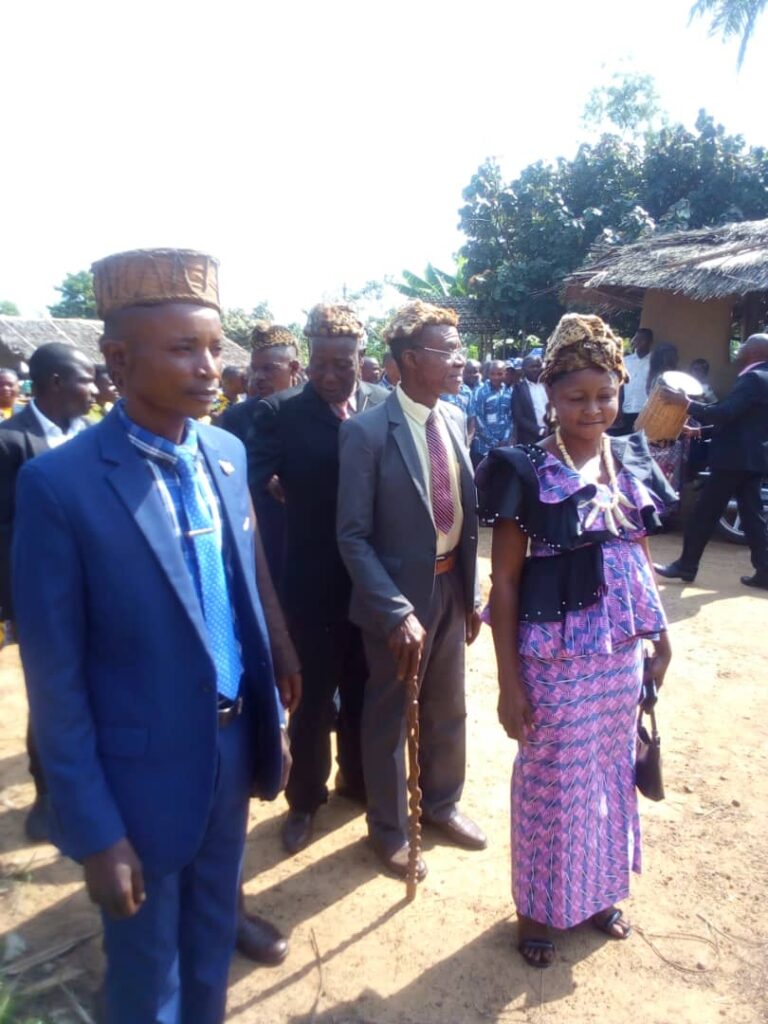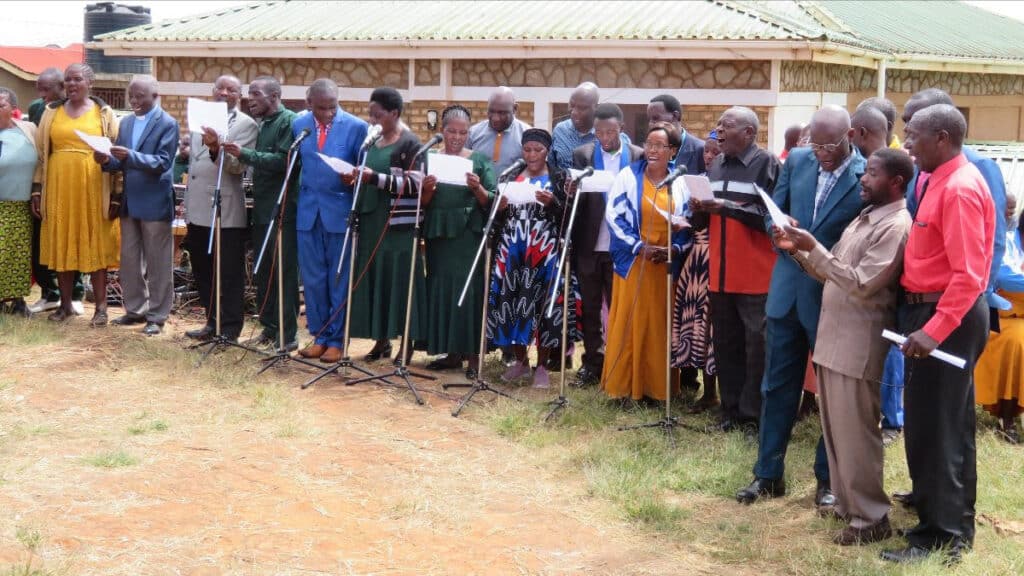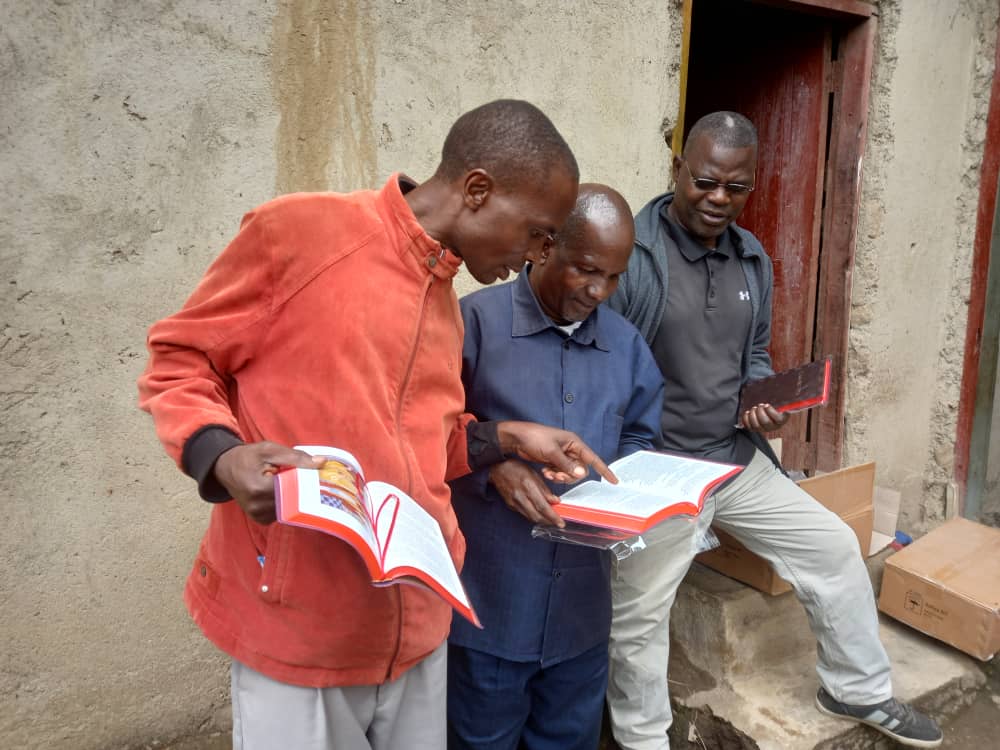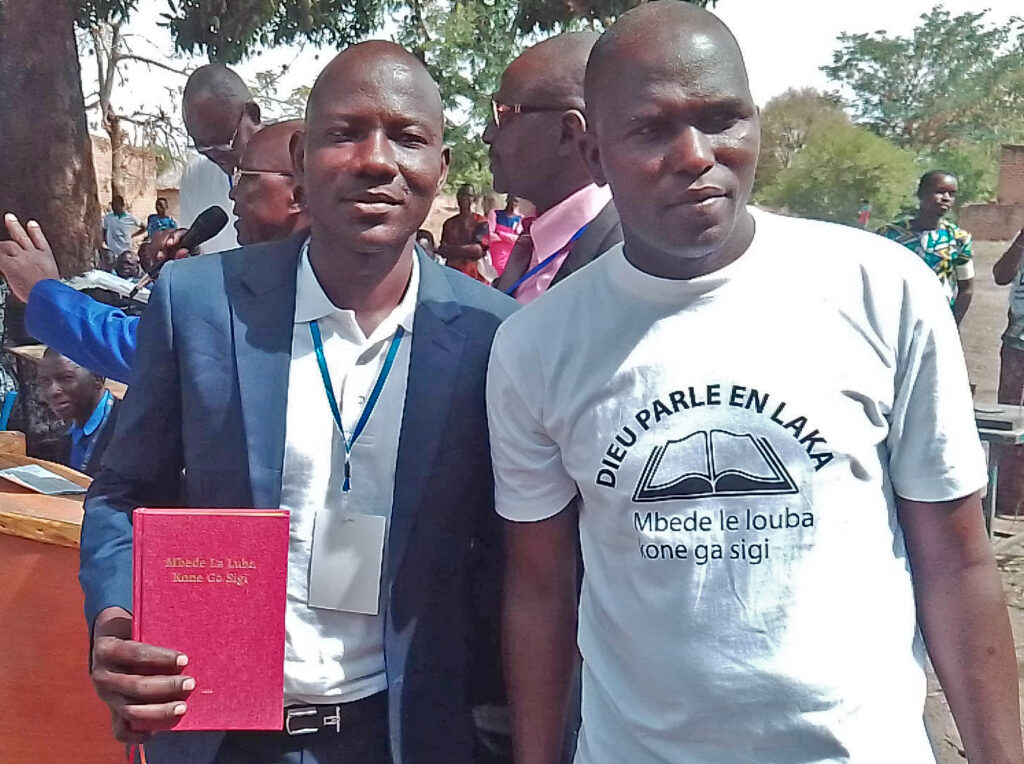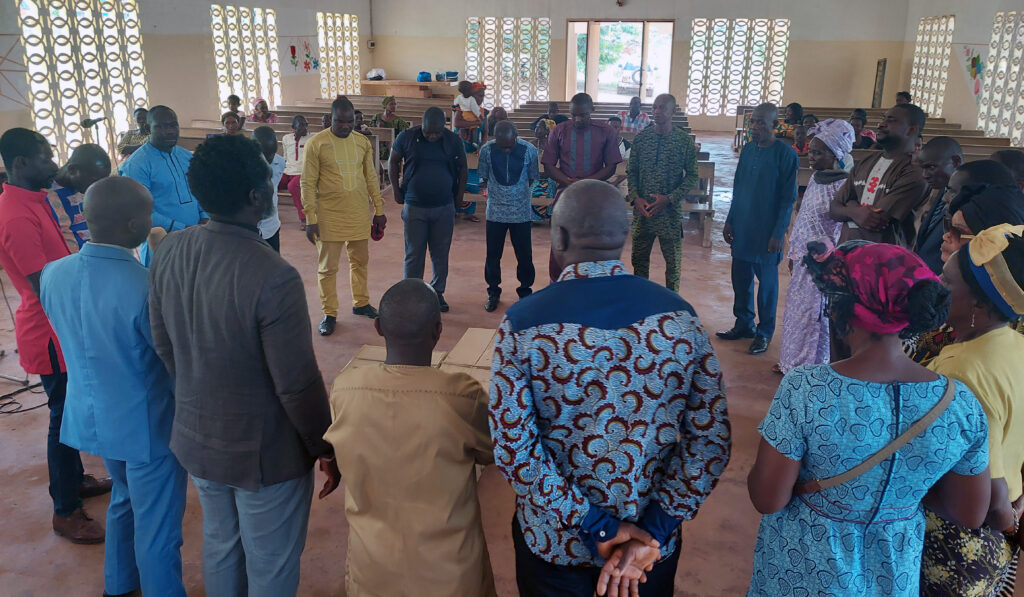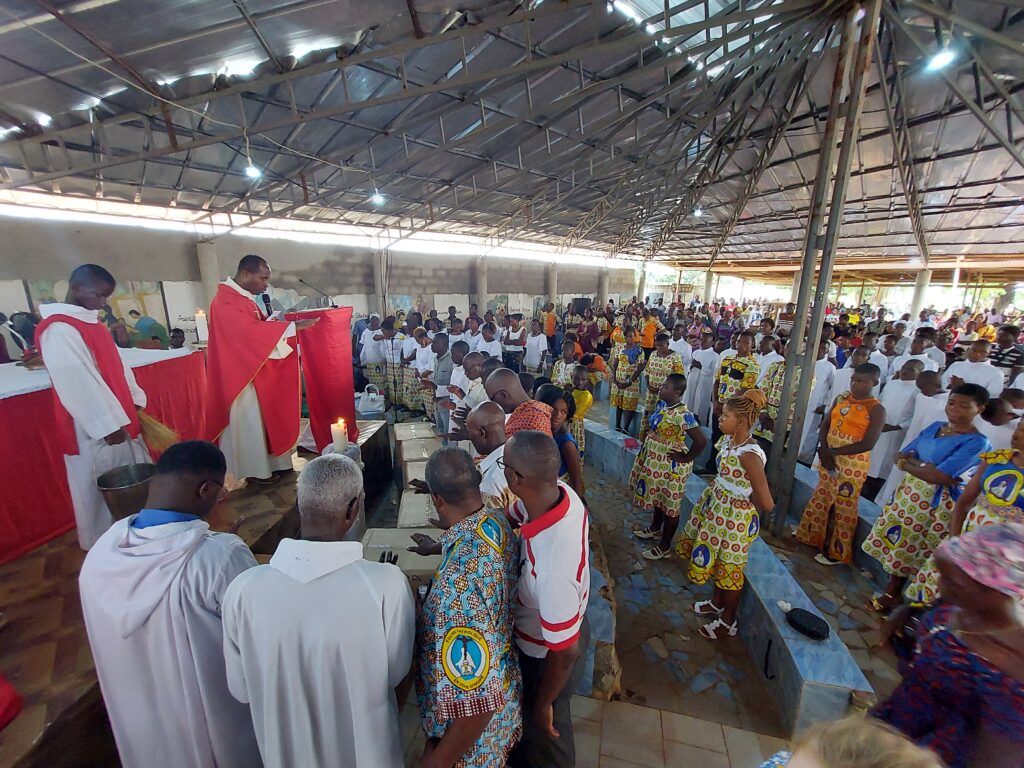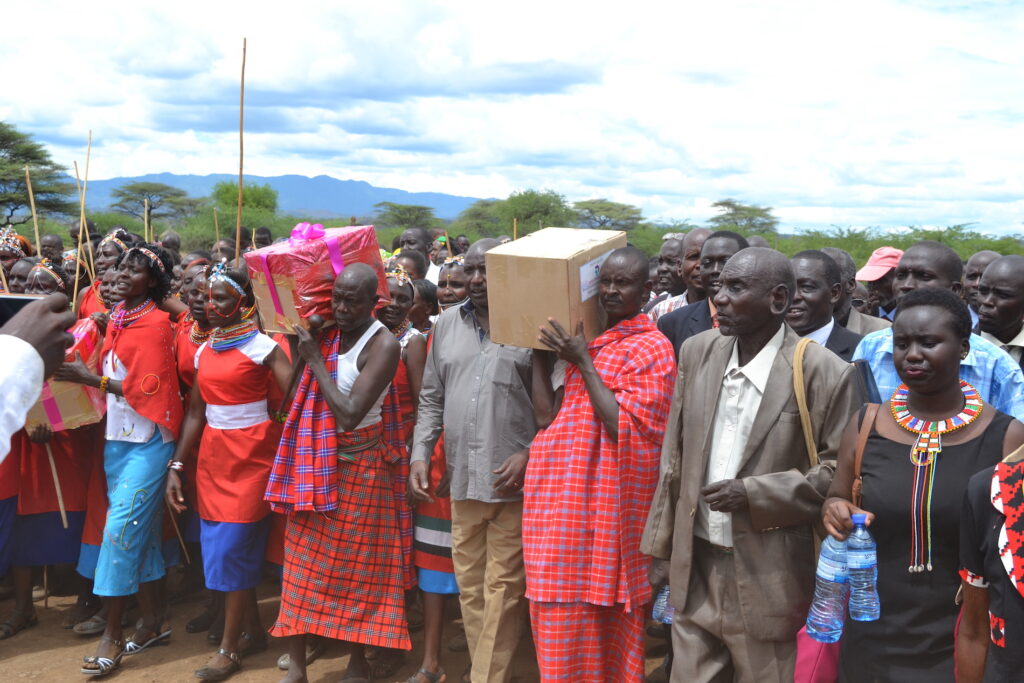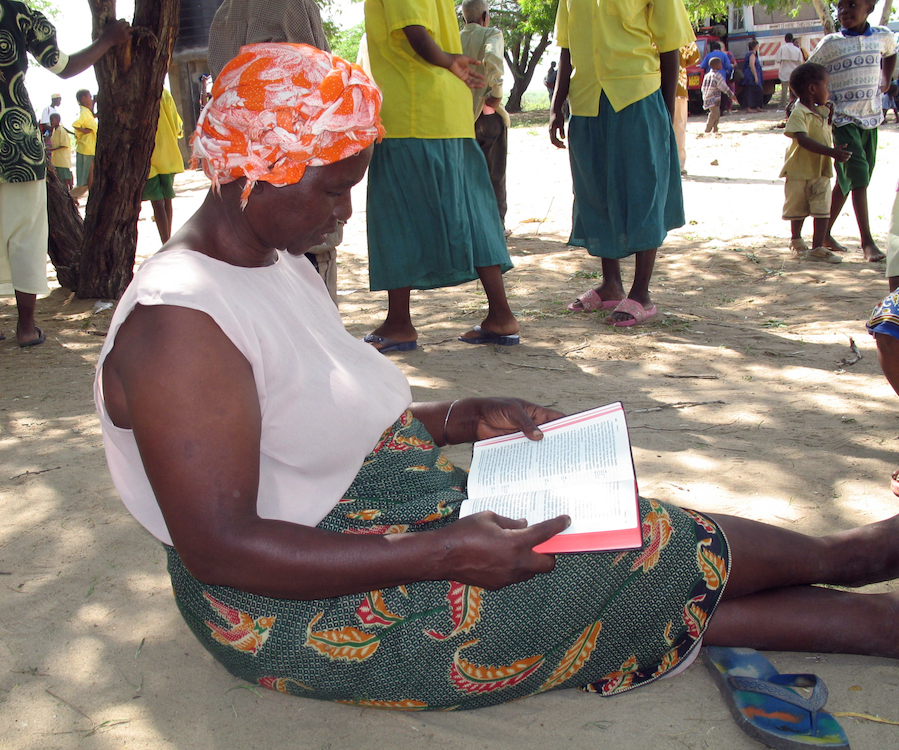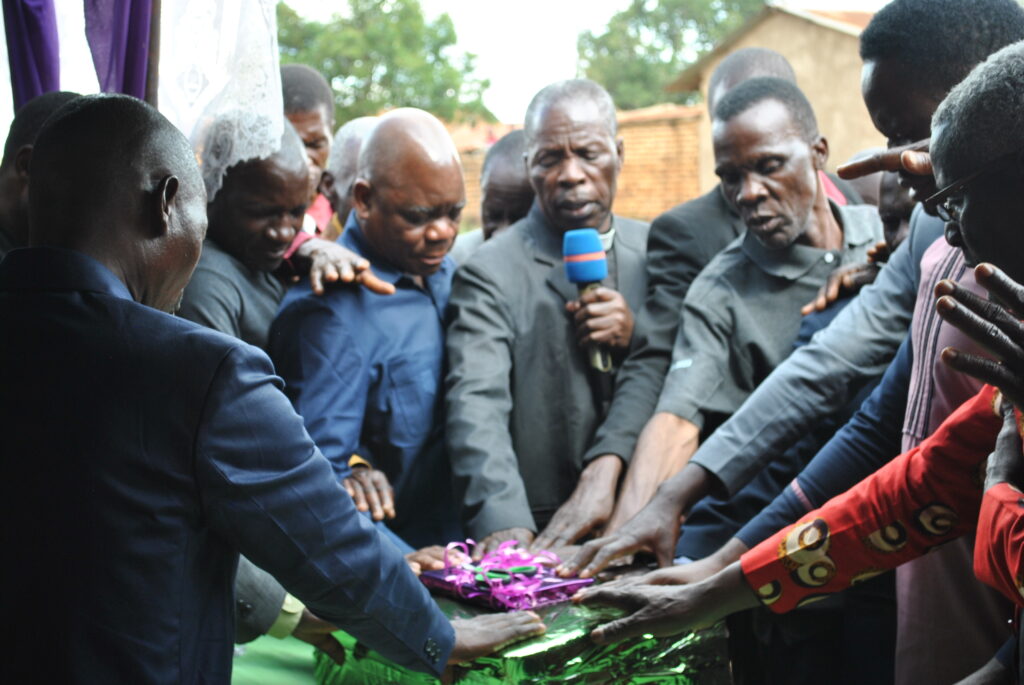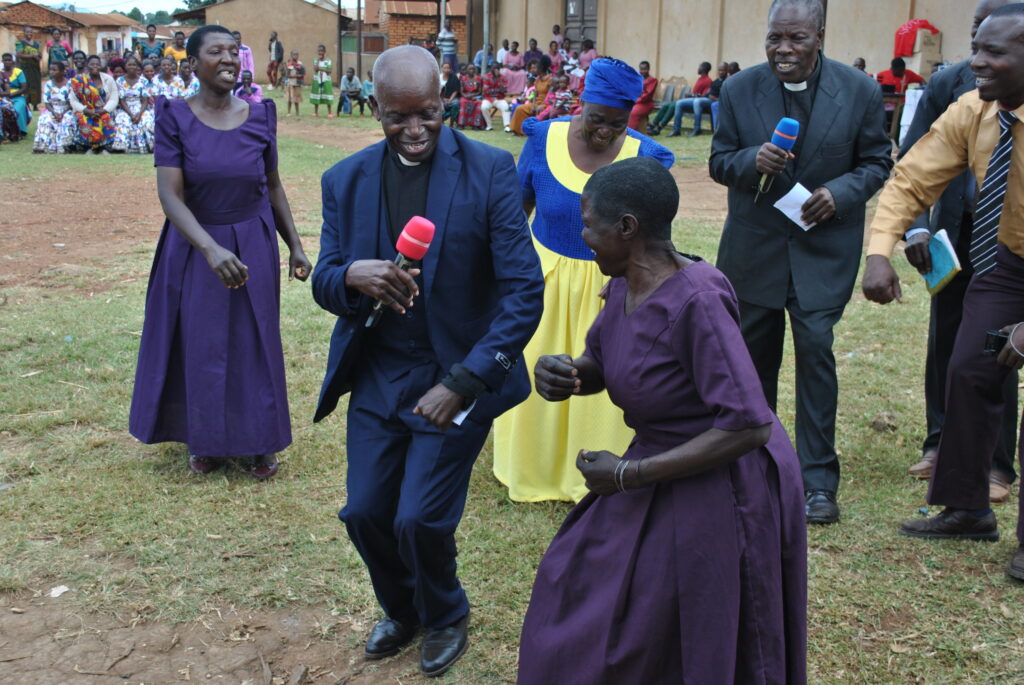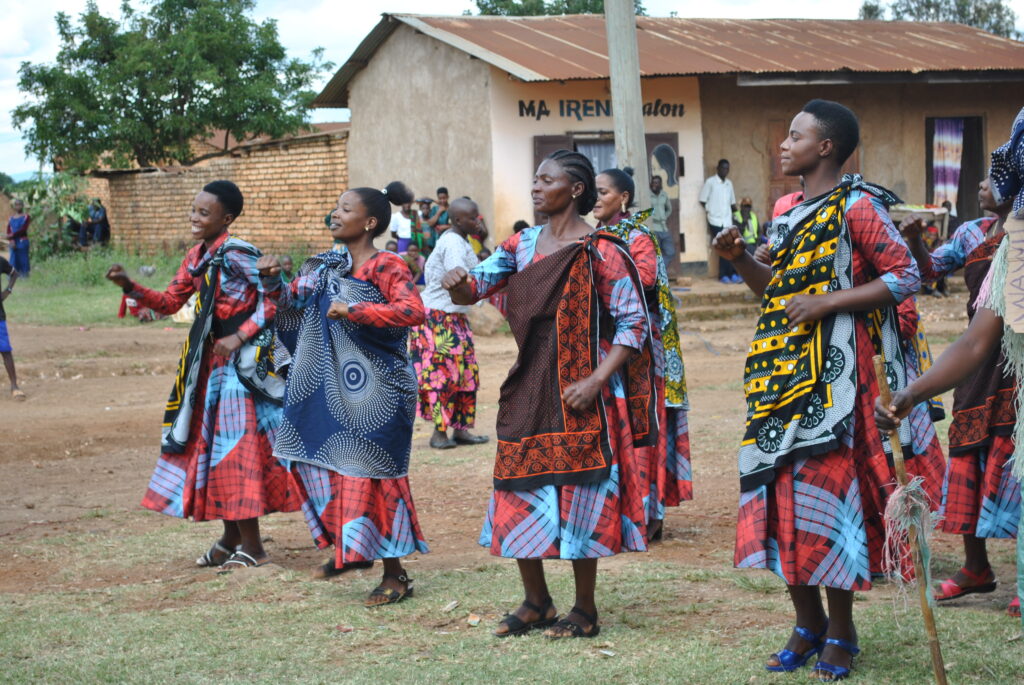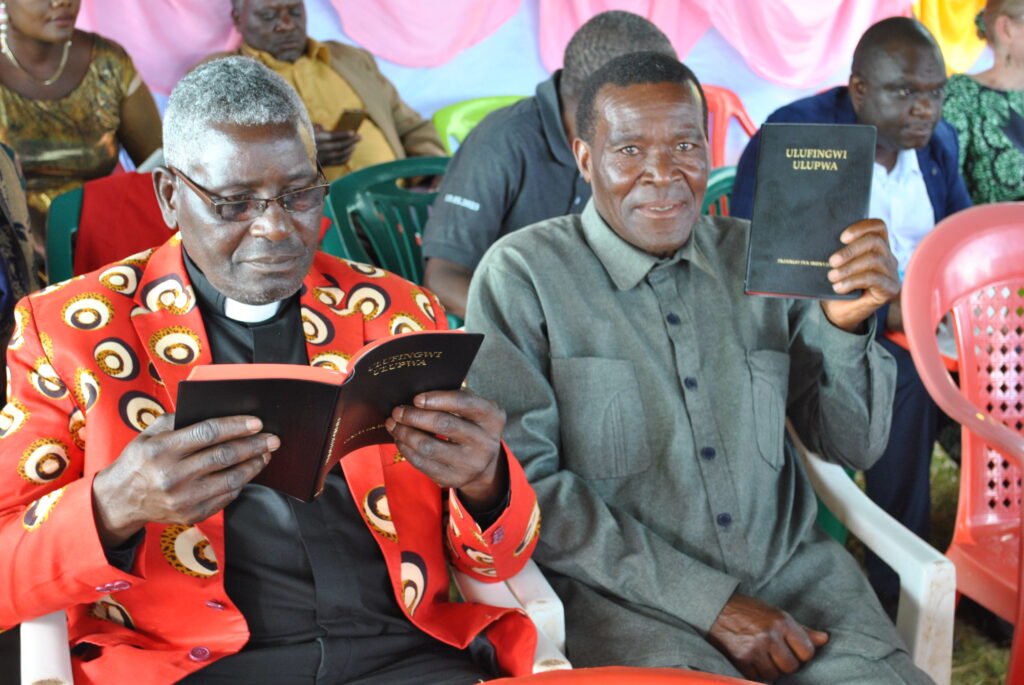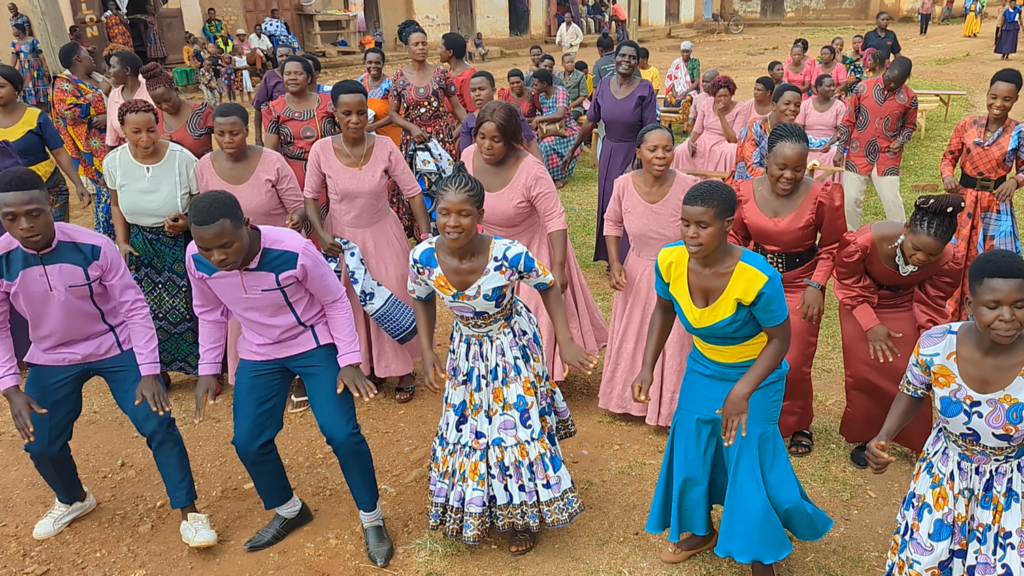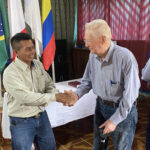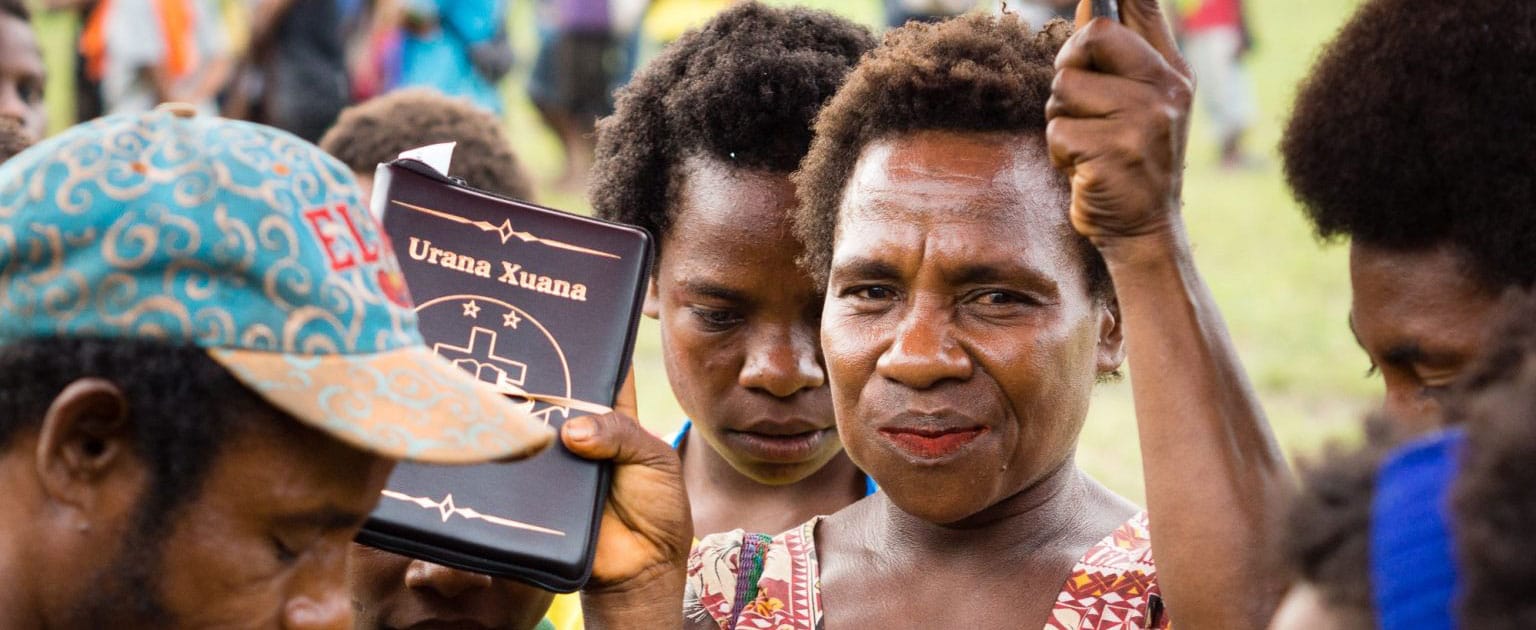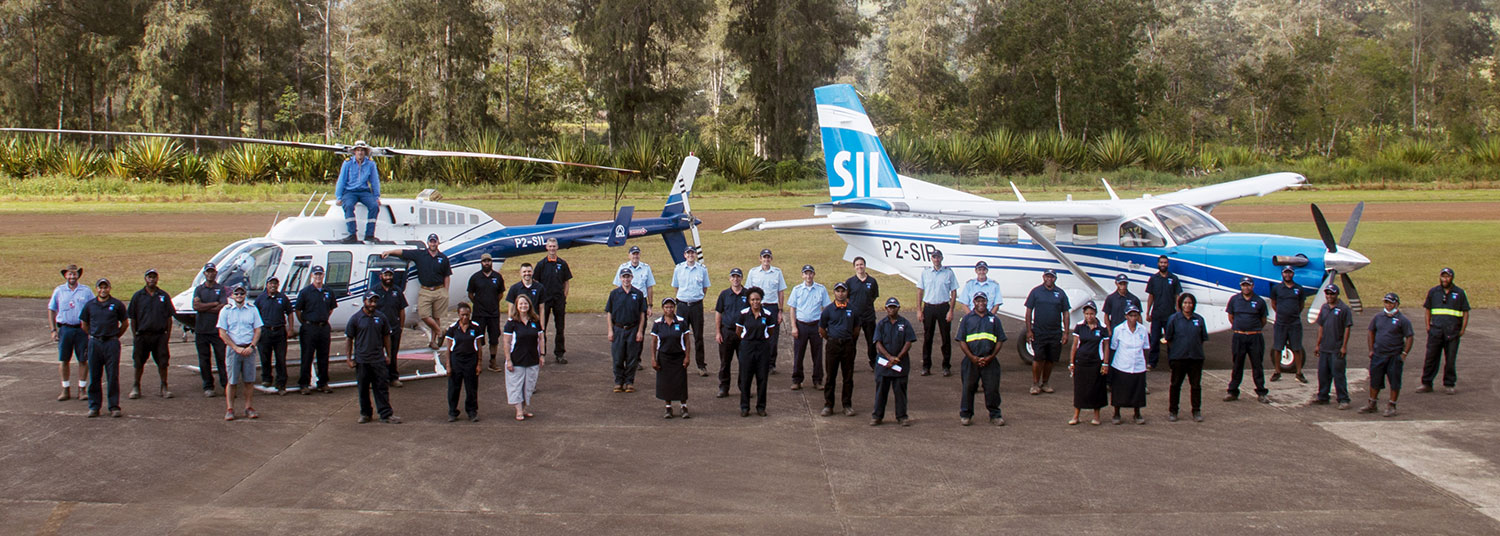Sharpening Their Skills
Some people serve God by translating the Bible. Others serve him by giving up their fields for mission pilots-in-training to land on.
For about 40 years, JAARS has taken pre-field orientees to the North Carolina mountains to train. There, pilots learn how to fly airplanes in a unique, challenging terrain similar to areas where many of them will serve overseas.
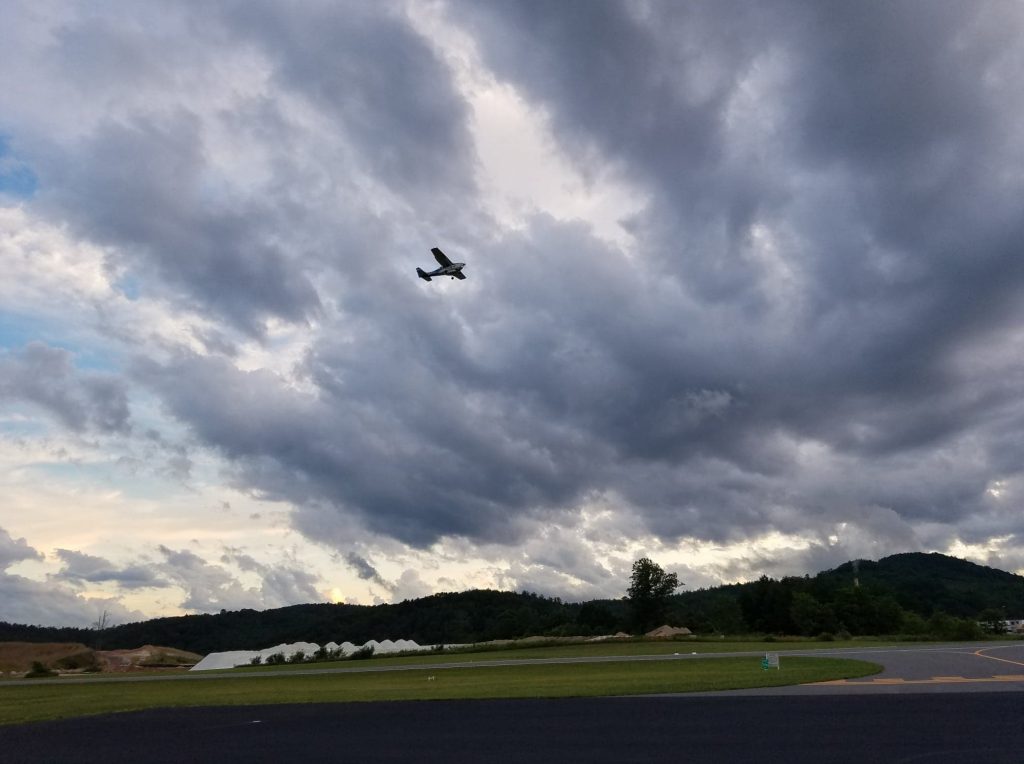
According to Dan Osborn, JAARS Aviation training manager, “Many of our landing sites overseas are in mountainous terrain, or require transit over mountainous terrain. While some pilots have mountain area flying in their past, most do not or have very limited experience.” Our Spring 2019 airplane pilot orientees all had mountains of experience, but at Mountain Week, they refined their skills with their instructors so they can excel in some of the most hard-to-reach places in the world.
Orientees and instructors spent ten days landing and departing from four different grass airstrips, each of which sharpens the pilots’ skills in unique ways:
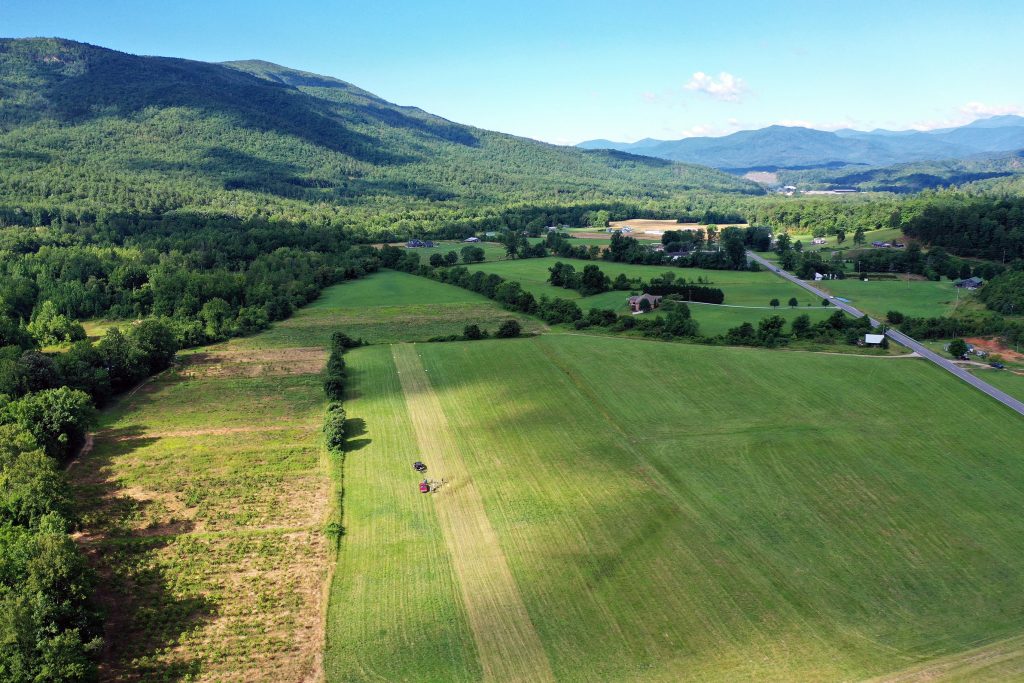
Brown: Owned by a local farmer, it has a bump mid-field that will launch the aircraft into the air prior to flight speed, so pilots must manage their speed well. They also need to watch out for wind and trees.
Friendship: Pilots can land in only one direction and turn around to depart the way they came in. The slope prevents a pilot from seeing the far end from takeoff position.
Avery Airport: Pilots must battle winds and fly in tight patterns due to rising terrain around the airport.
Strawberry: Probably the most challenging of the four, this airstrip drops off on both sides, is one-way, and has visual illusions due to the slope’s steepness. The pilots don’t tackle this airstrip until the end of their 10 days. When they do, local residents bring cookies and drinks and sit in lawn chairs to watch the show.
The instructors don’t let their students immediately soar off alone down these demanding airstrips. They take each student—one at a time—and demonstrate how to do the landing and takeoff correctly several times. Then they fly with the student until the student is confident before letting the student fly alone. “It builds a lot of confidence in them, because these air strips are quite challenging. It’s good prep for them,” David Kooistra, a maintenance instructor, said.
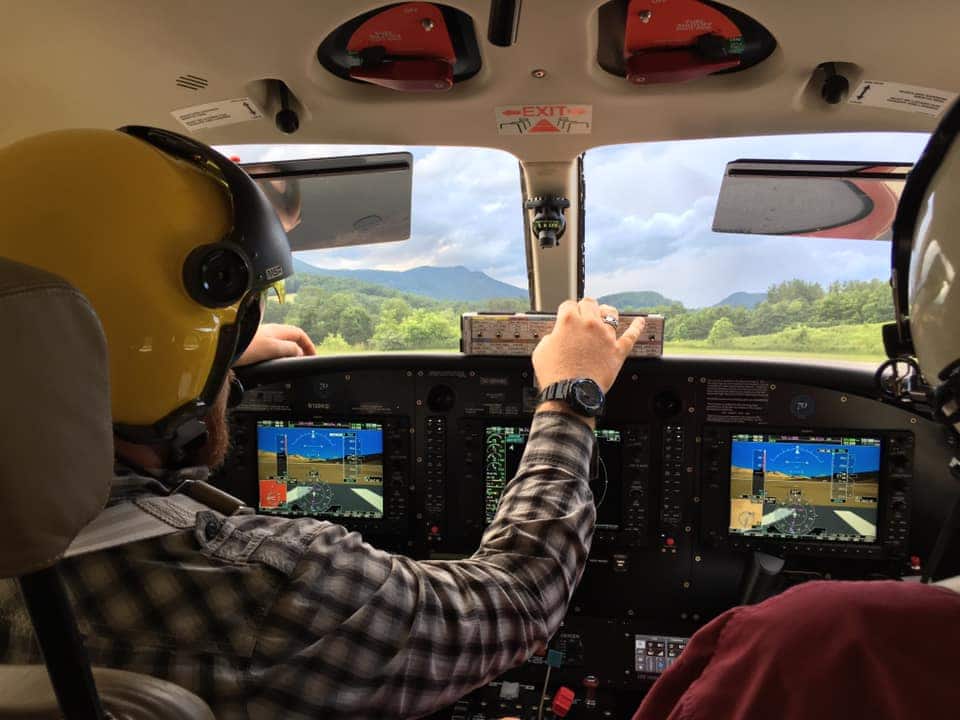
The goal is to have the students fly solo at all the different airstrips. That didn’t happen this year at the Brown airstrip due to the rain and fog. The farmer who owns the field had cut and hayed it. But after hours of work, in the entire 10 days, no one could land there because it was too wet. The farmer was disappointed, but was still able to watch the helicopter take off and land. The pilots still received training from the Brown airstrip, because several times they evaluated it and learned how dry an airstrip must be for a safe landing and takeoff.
The rain taught the men some lessons too. Most of the orientees have flown commercially on paved airstrips, where rain is not an issue. In that world, the pilot can plan, “Today, I’m going to fly there,” and undoubtedly will. Whereas when the pilots fly small planes using grass airstrips, the attitude becomes, “You might fly there if everything goes right.” David and the other instructors told the orientees they need to do everything in their power to be ready to go if the weather permits, but they can’t control it. “I don’t know how many times we were told, ‘tomorrow this plane has to go,’” David remembers when he worked as a mechanic in Peru and the Philippines. “We worked late into the night trying to get a plane ready. And the next day, it’d be pouring rain. So we sat around doing nothing, but we had done everything we could. We can’t control the rain.”
During Mountain Week, the Aviation Training team tries to craft a flight program similar to one overseas where the pilots will serve. But oftentimes, both here and overseas, “We get up, we work our hardest to make a flight happen, then it can’t happen because of the weather.”
The orientees—three of whom are already serving with AIM Air in Africa and one who will serve Bible translation in Papua New Guinea—could not receive this vital training without the local residents. They offer their land, forgo harvesting their crops so JAARS can use their land, open their homes to orientees, buy fuel for our planes, pray, and offer innumerable other sacrifices. “Supporting Mountain Week is a direct and tangible way for folks in [the North Carolina mountains] to be directly connected to overseas missions,” Dan Osborn says.
How is God calling you to serve him in Bible translation? As a first step, pray for the safety of these pilots as they navigate challenging terrain. Pray also for God to raise up more workers.


